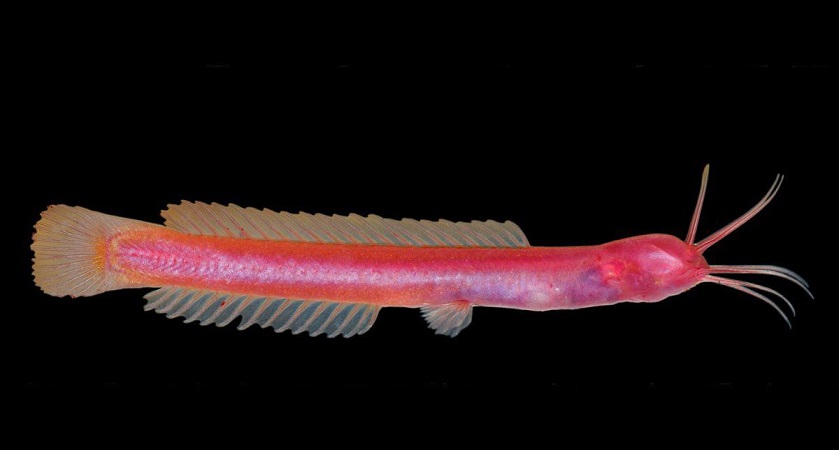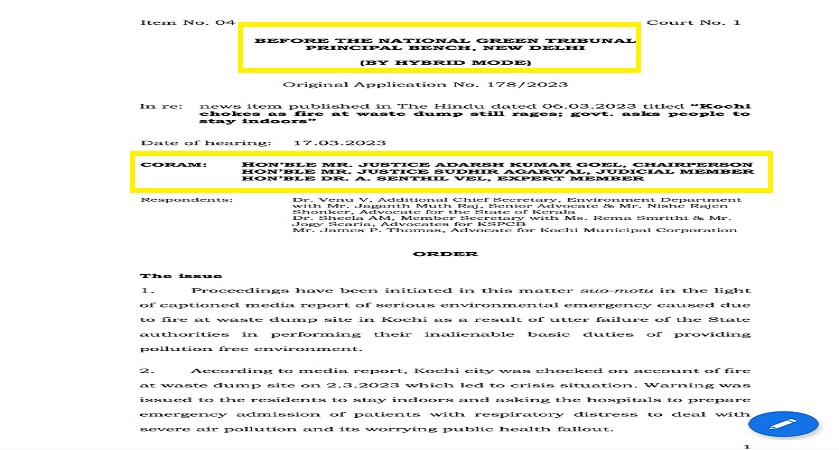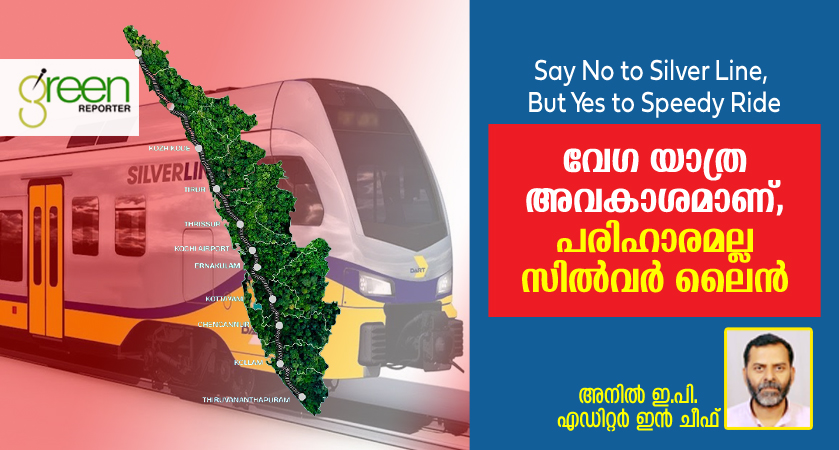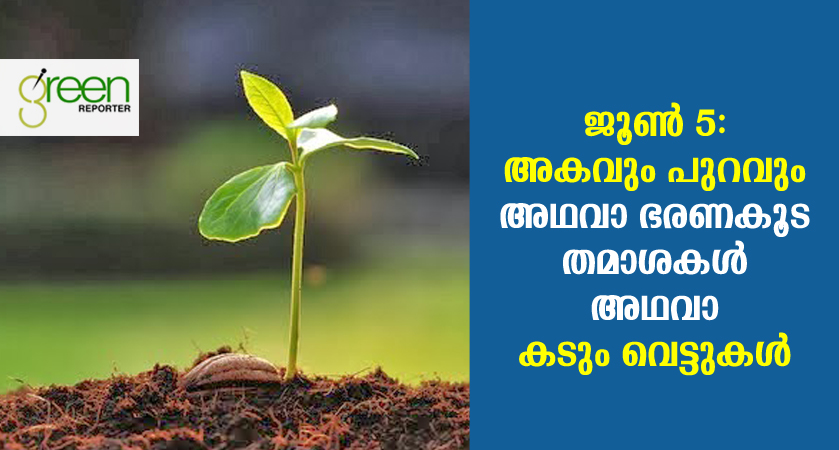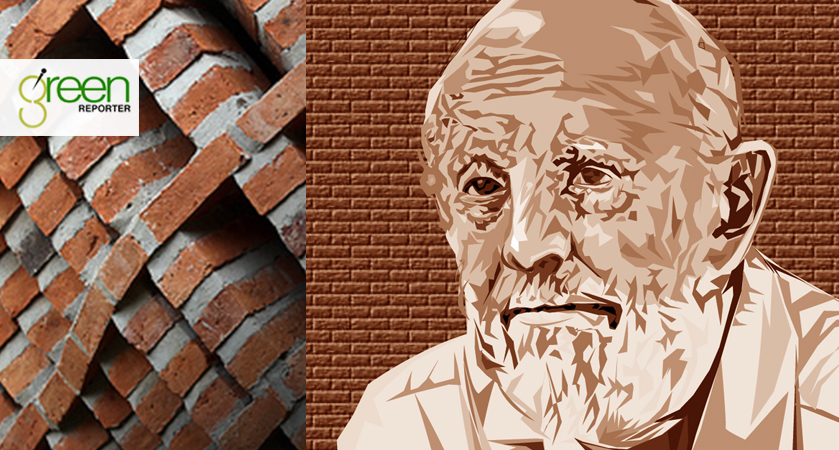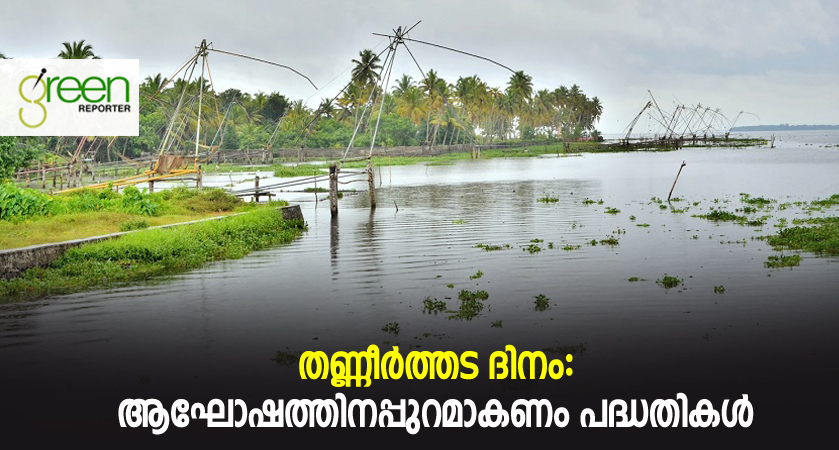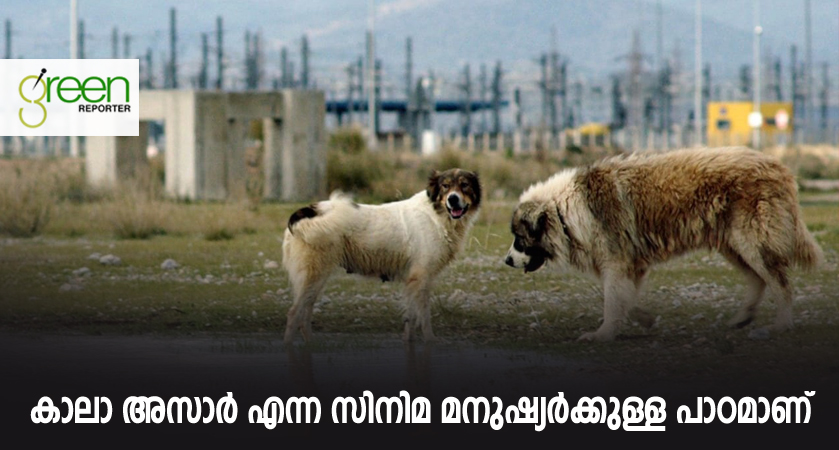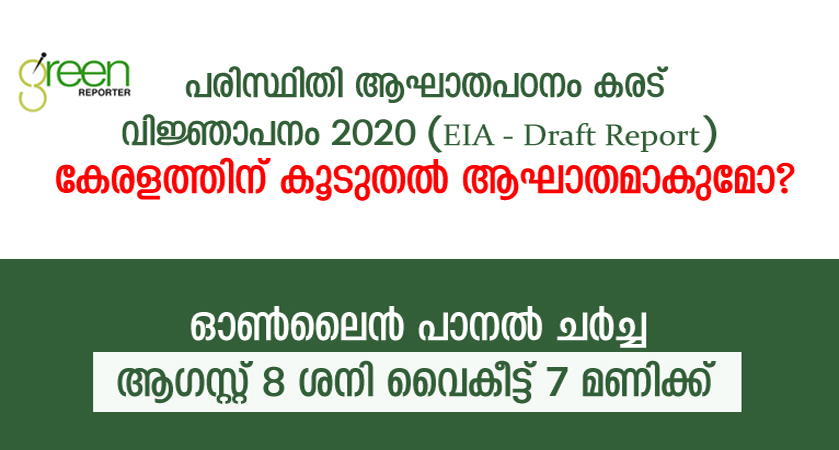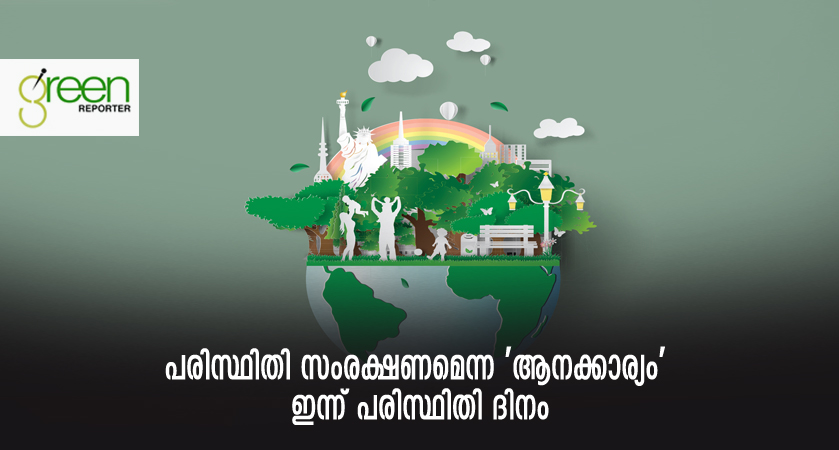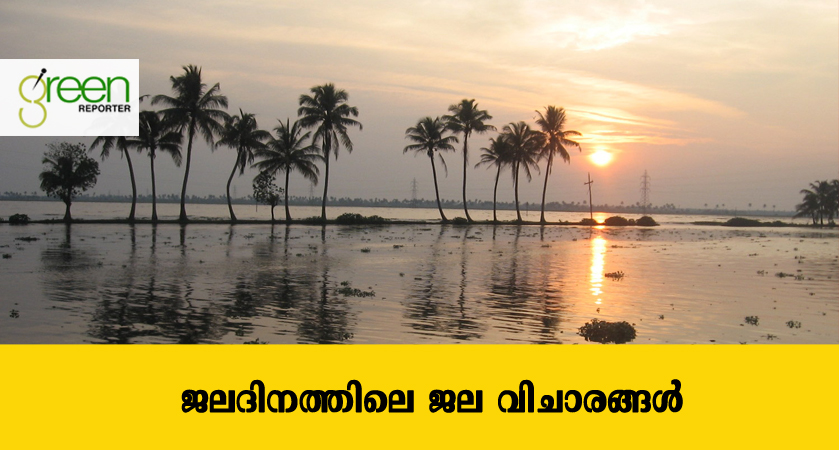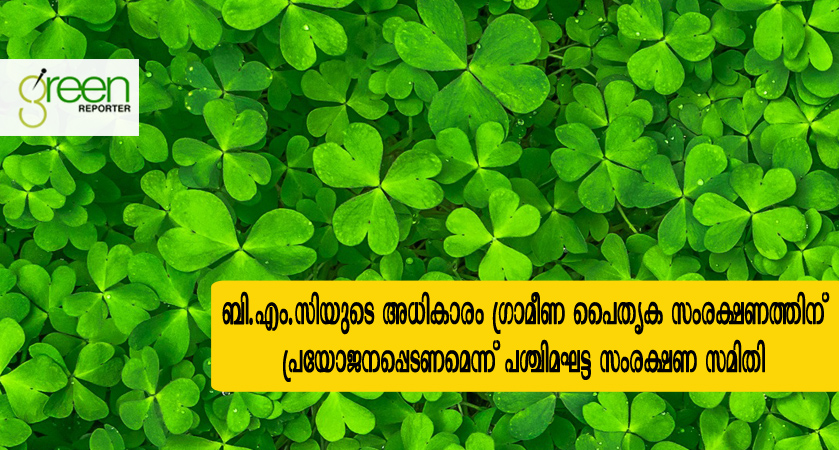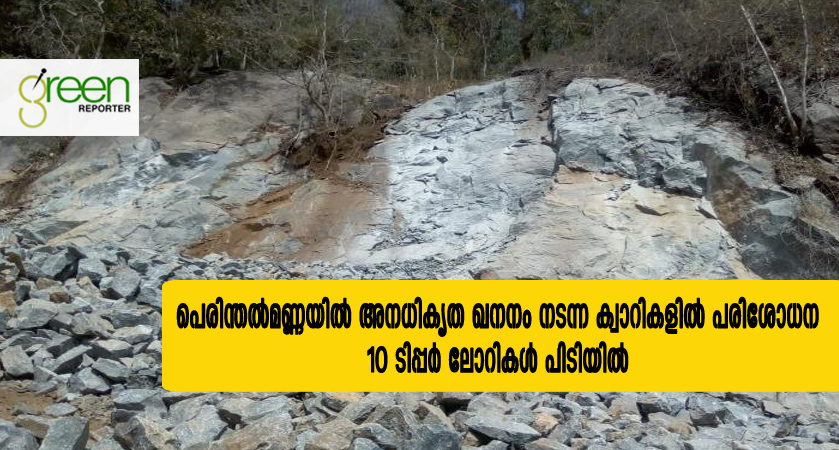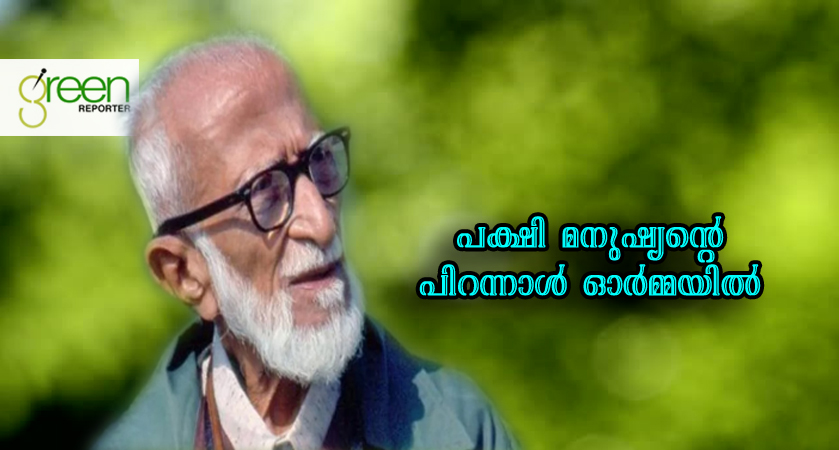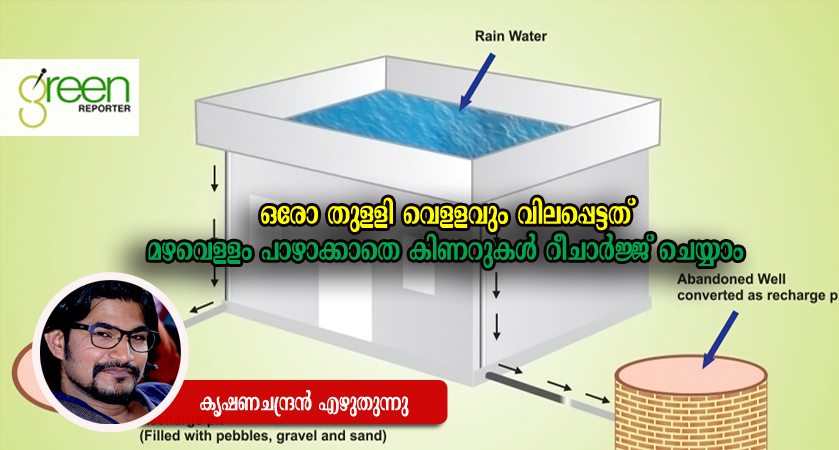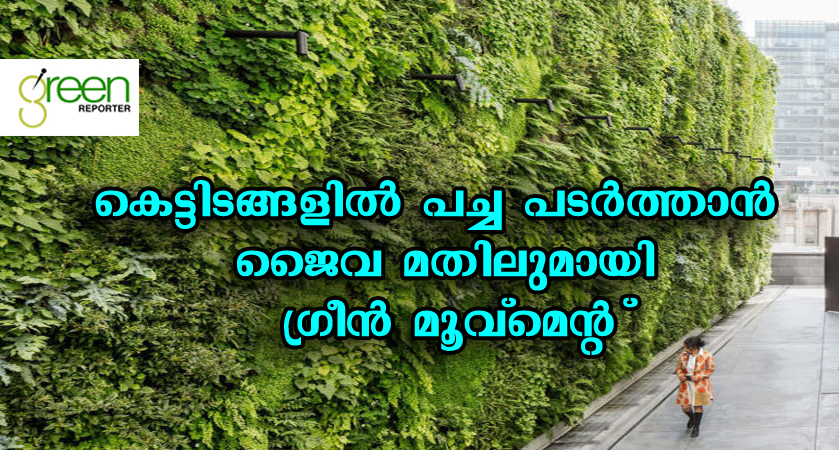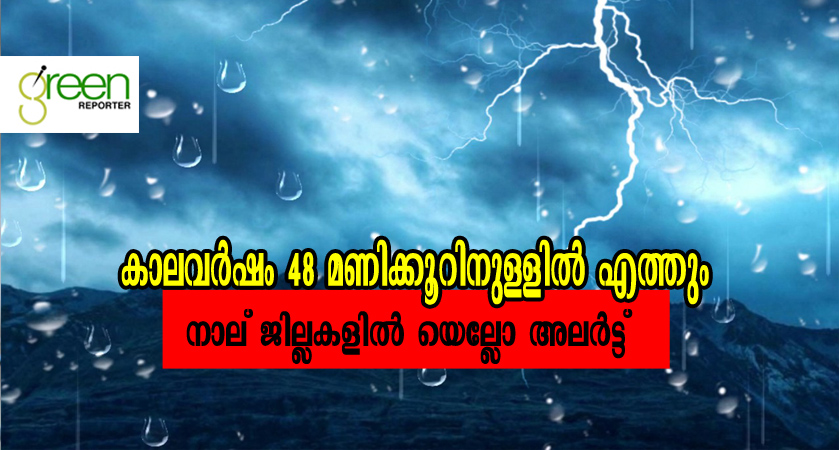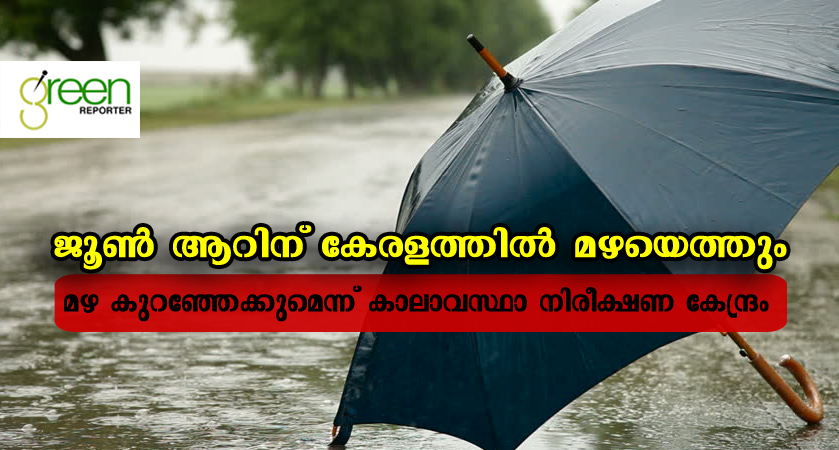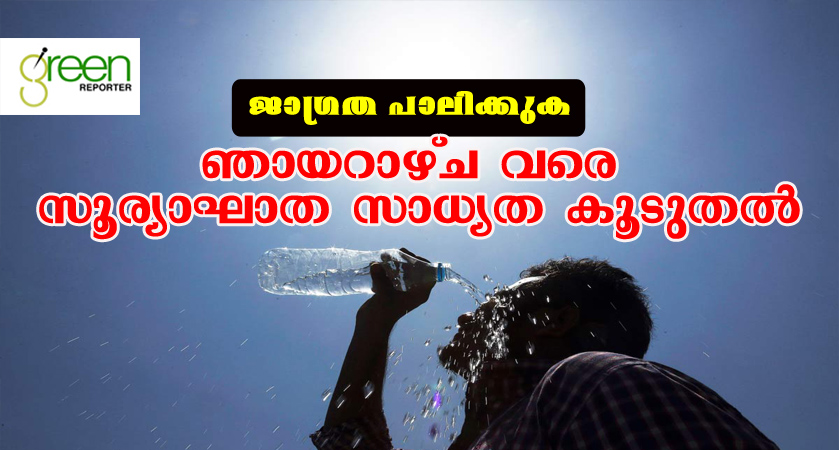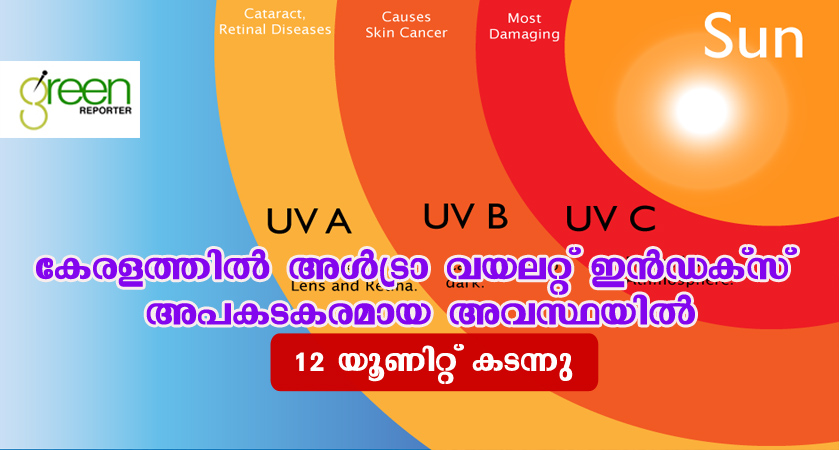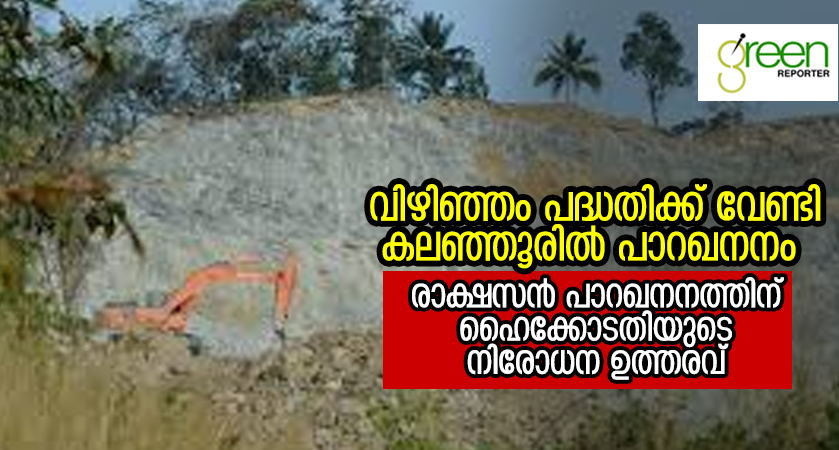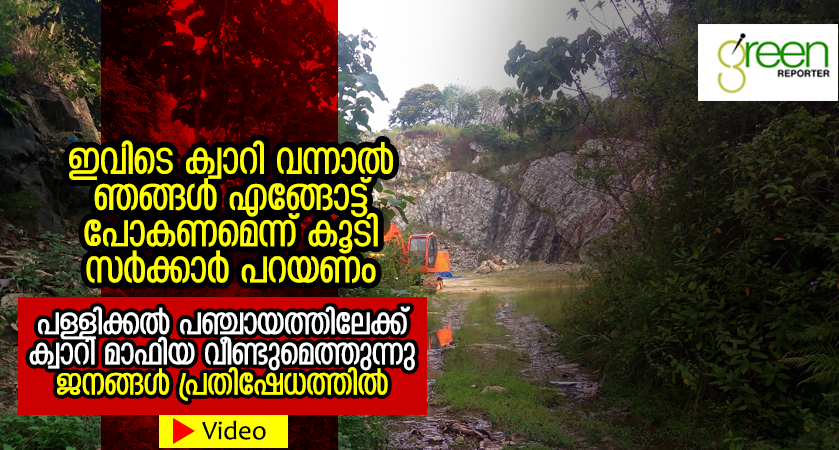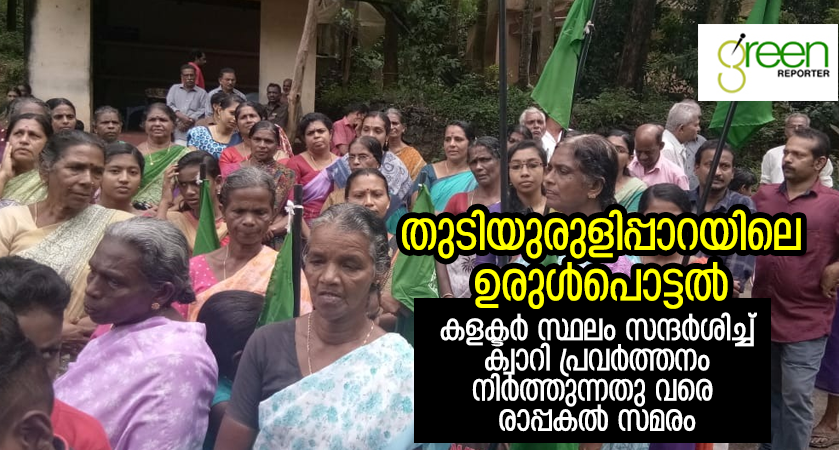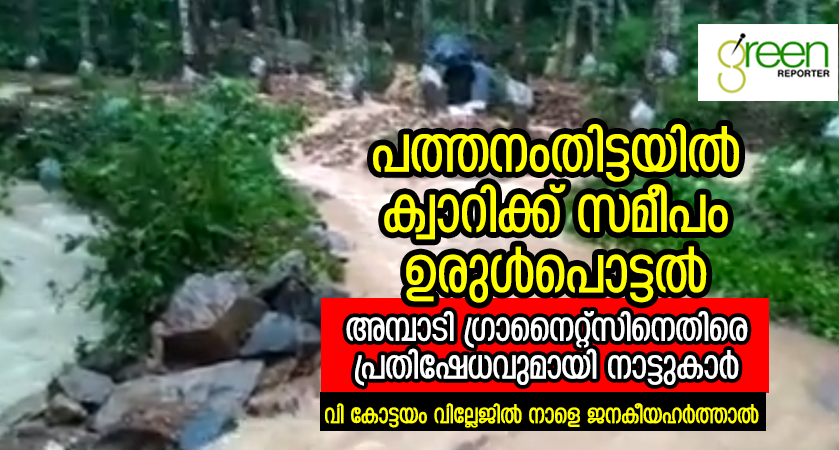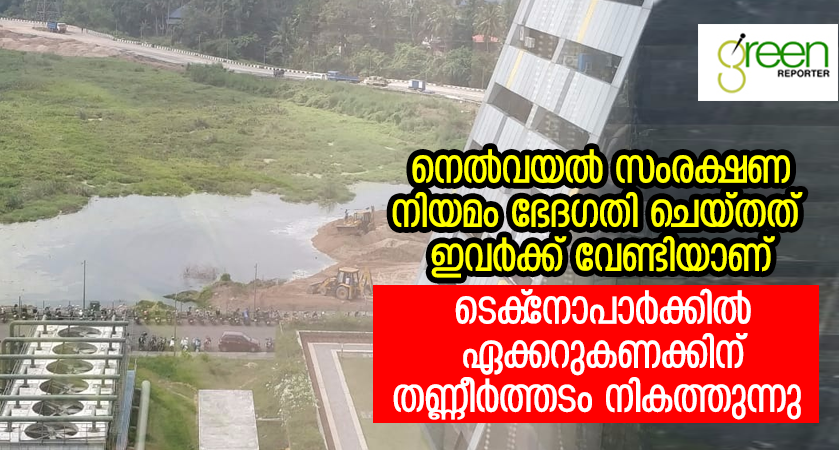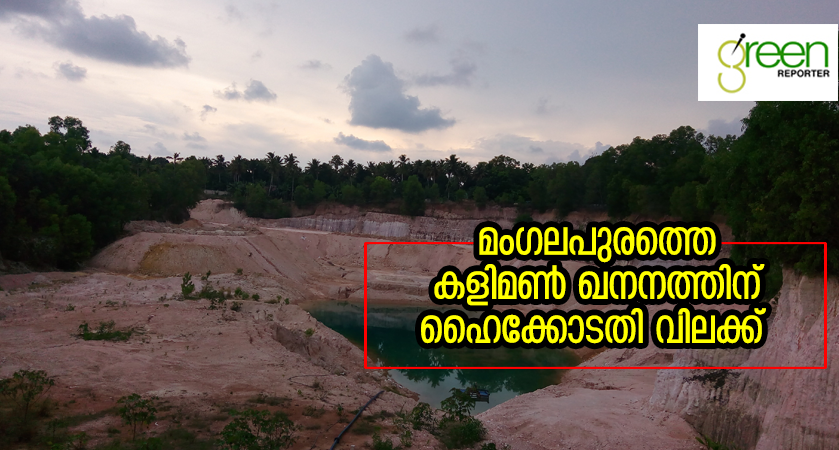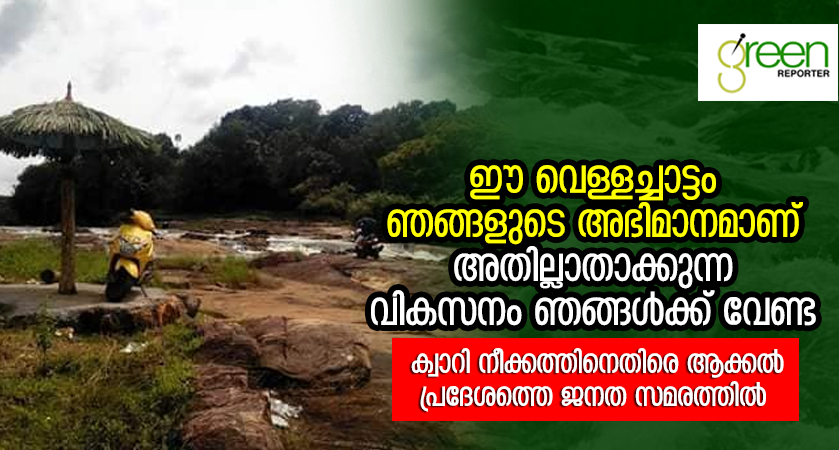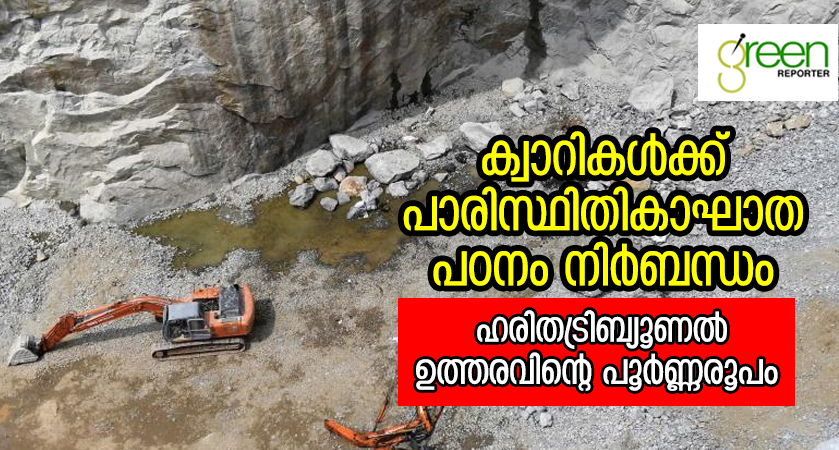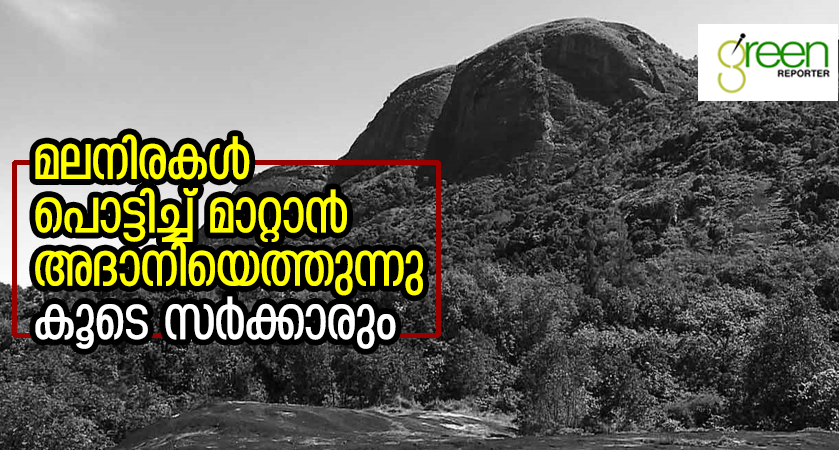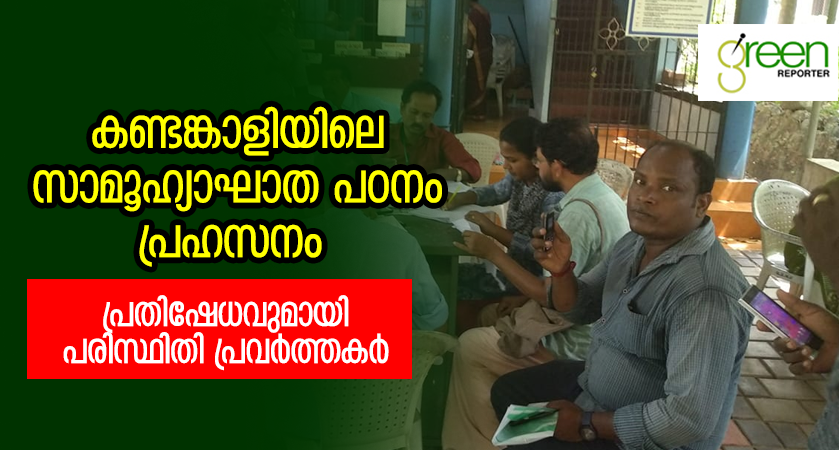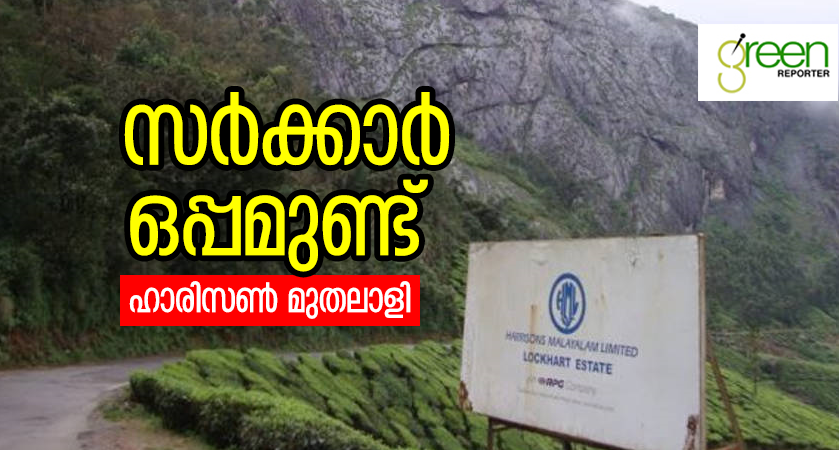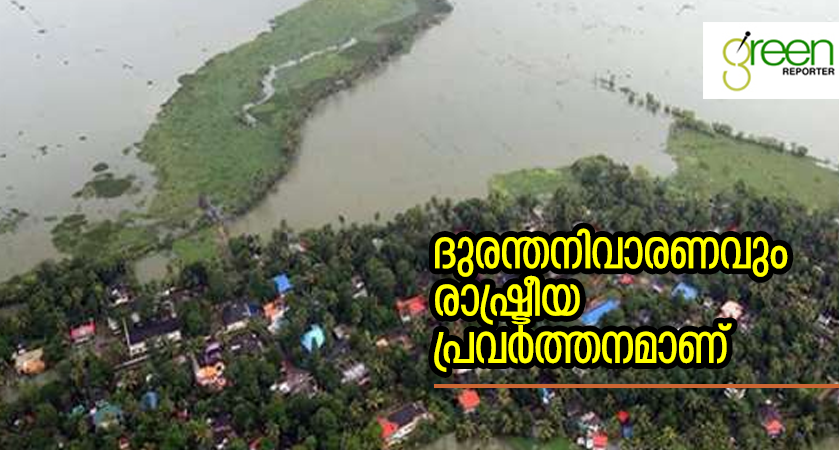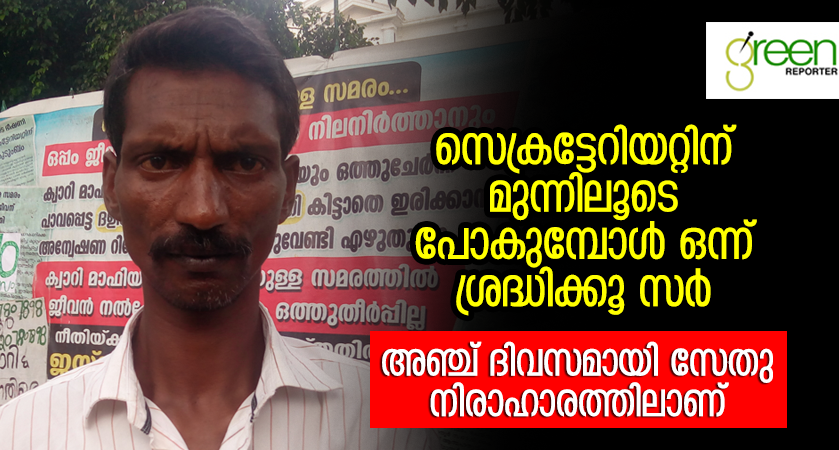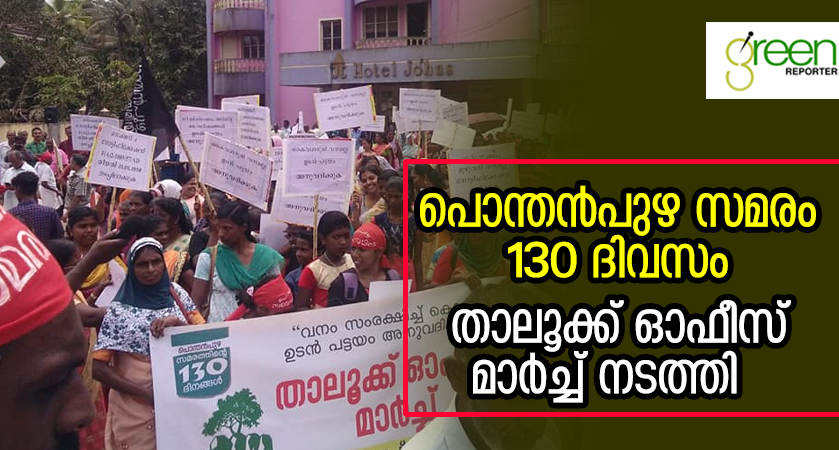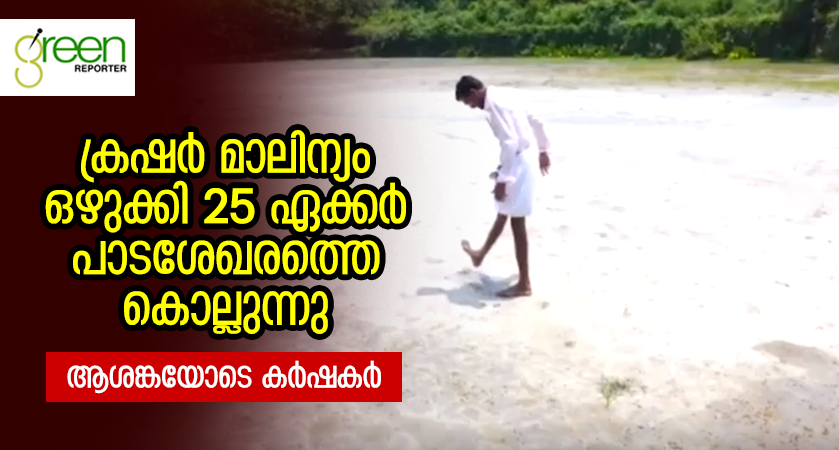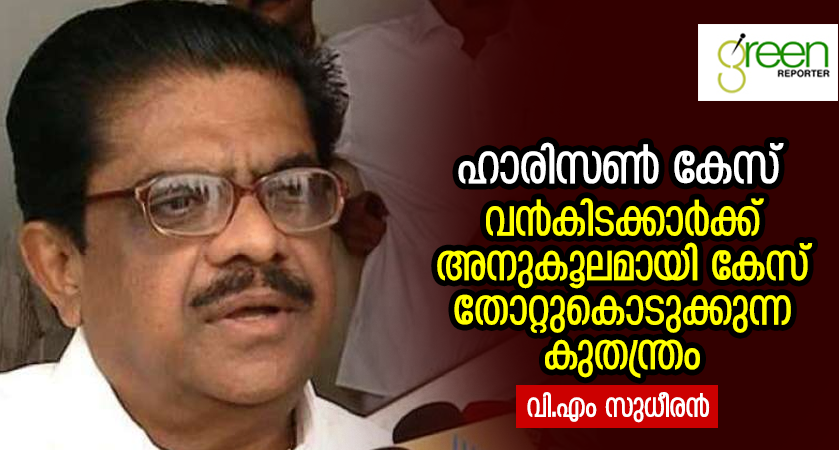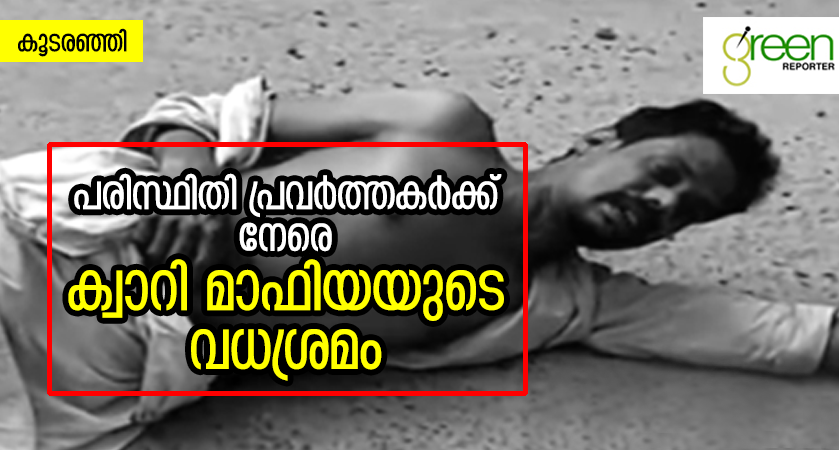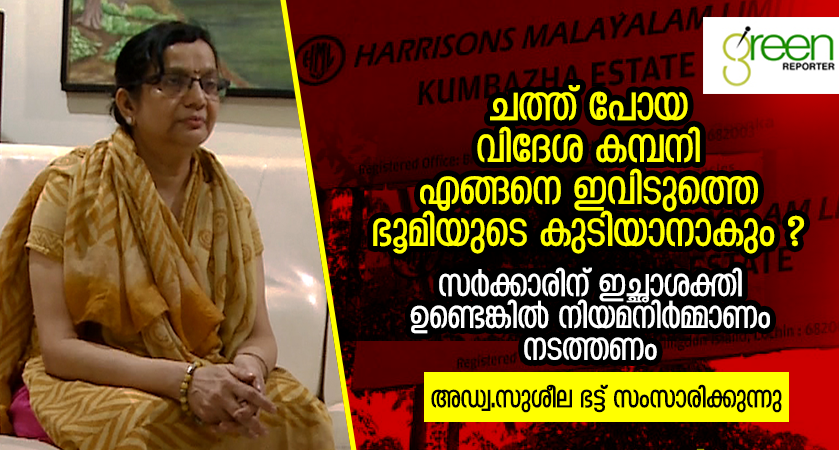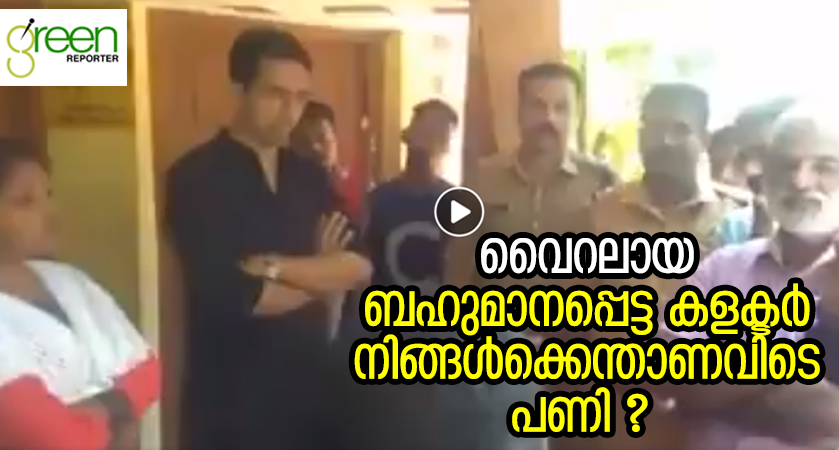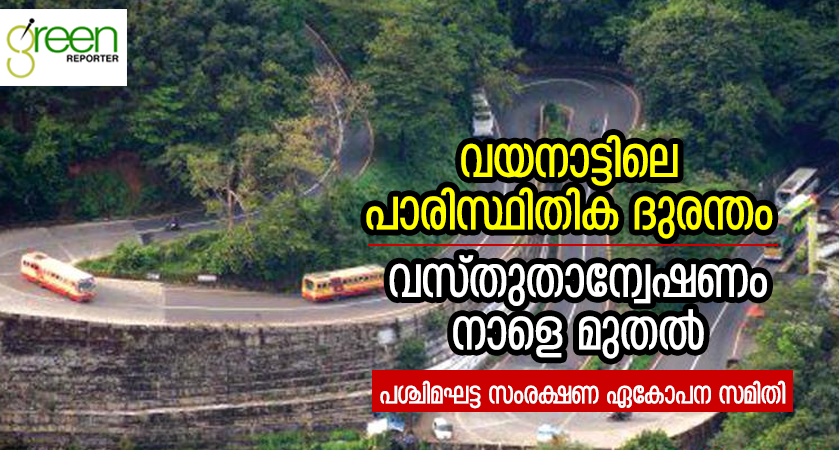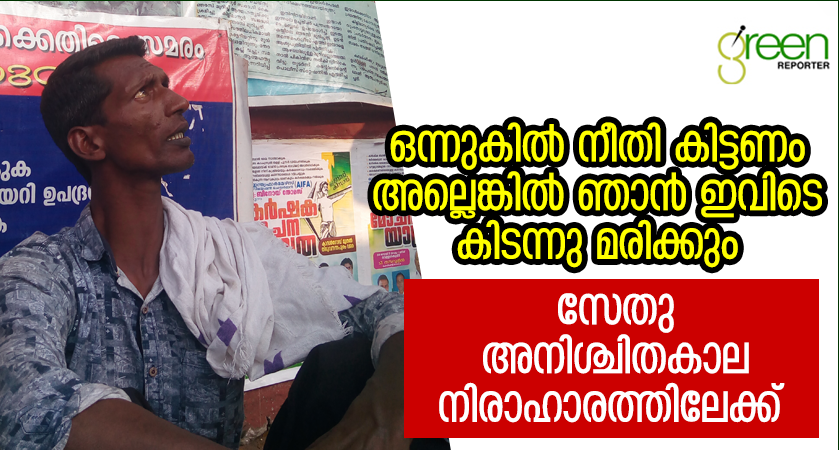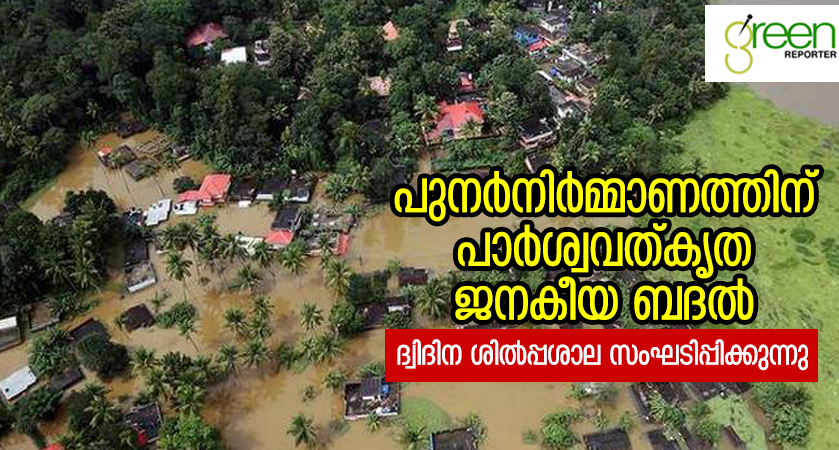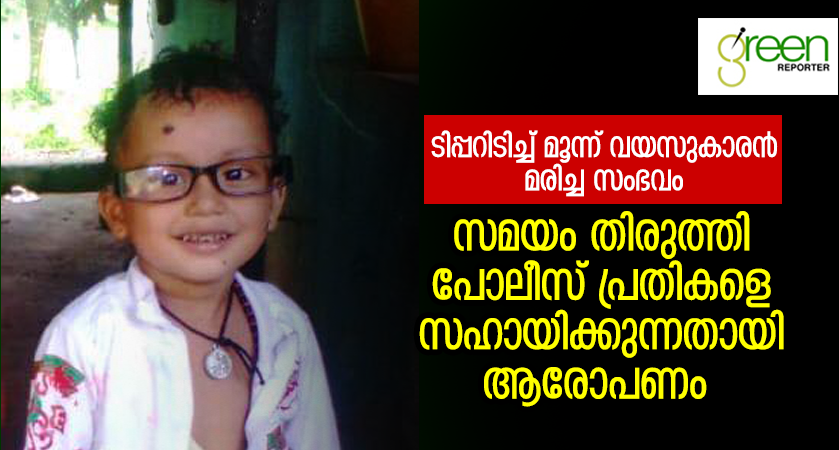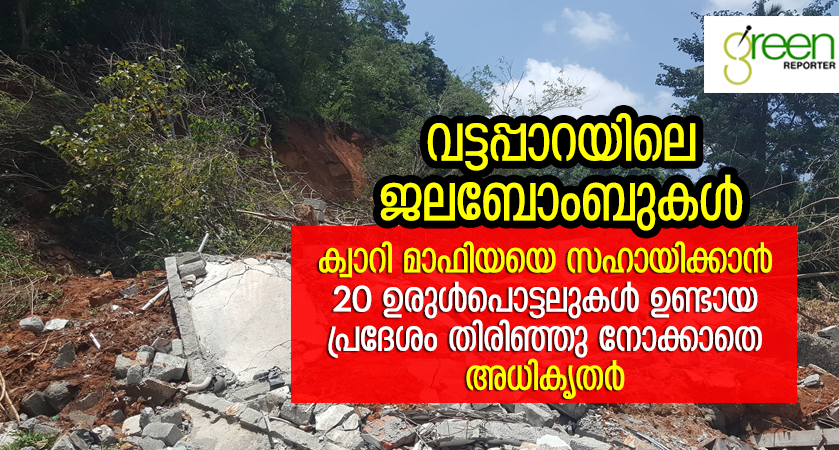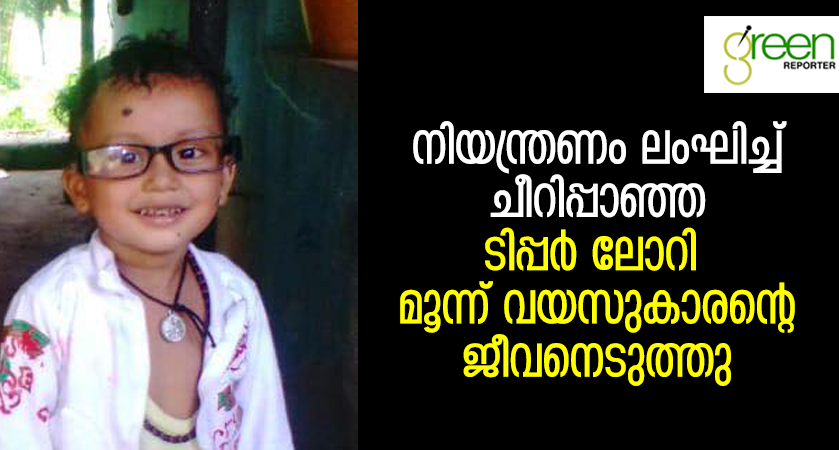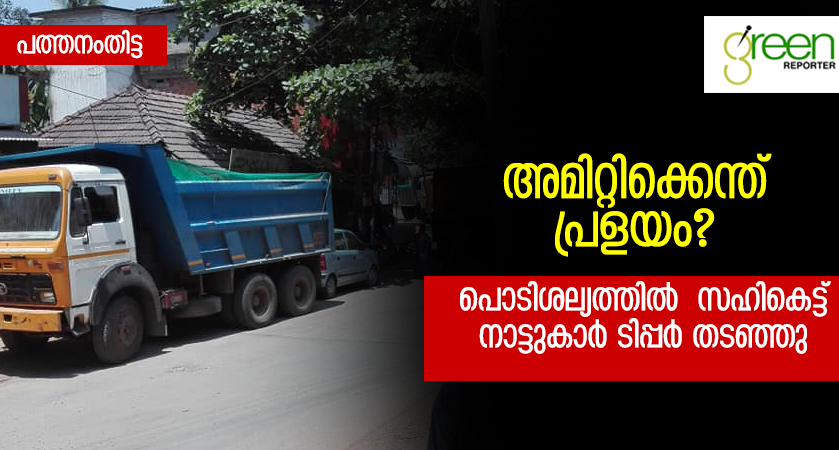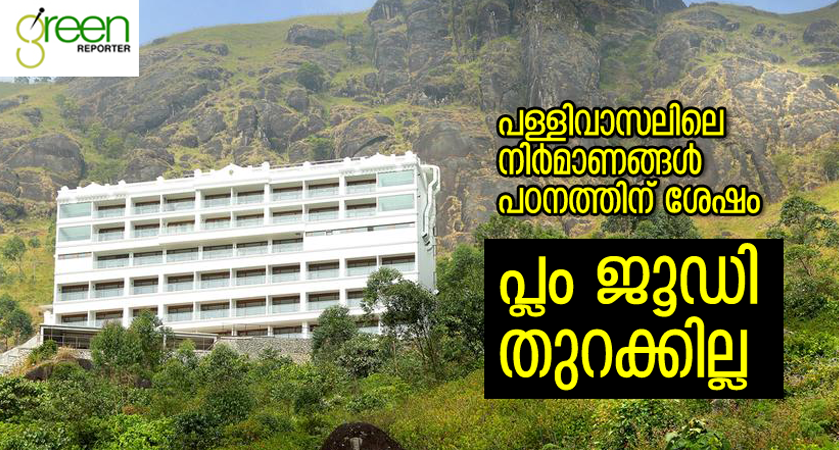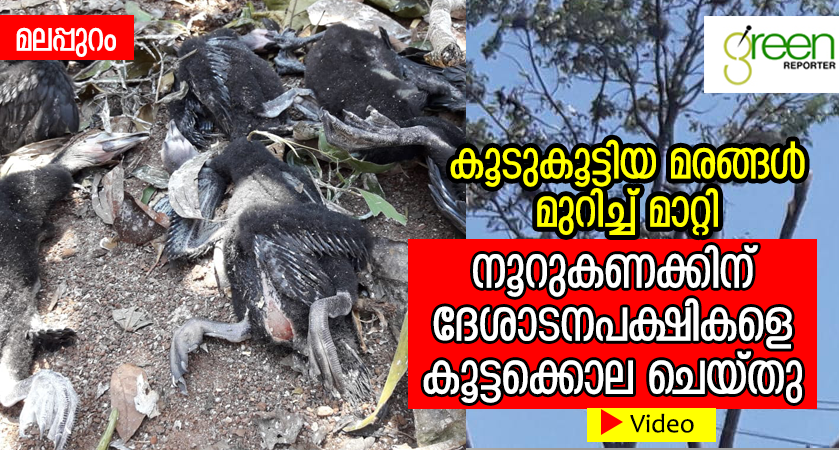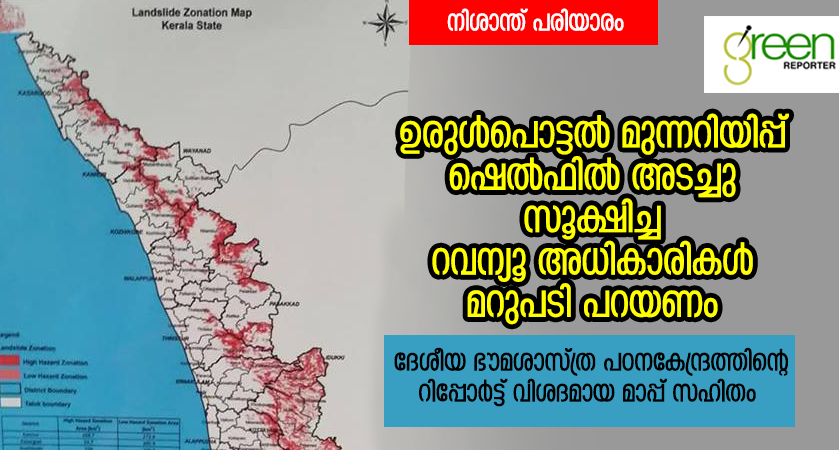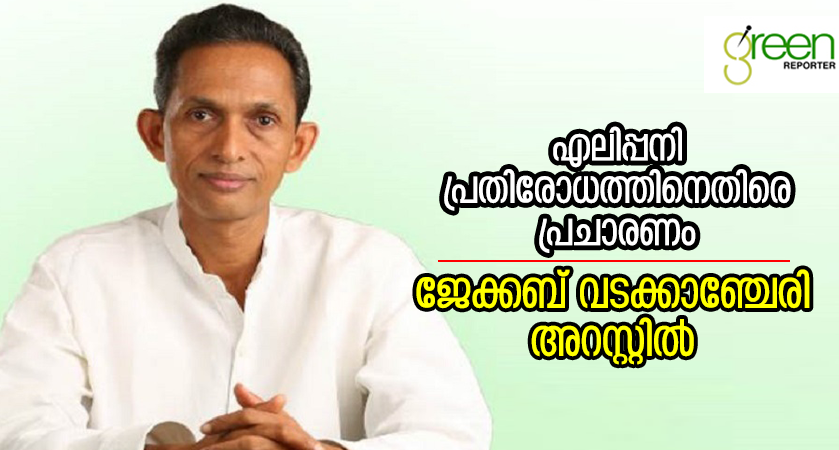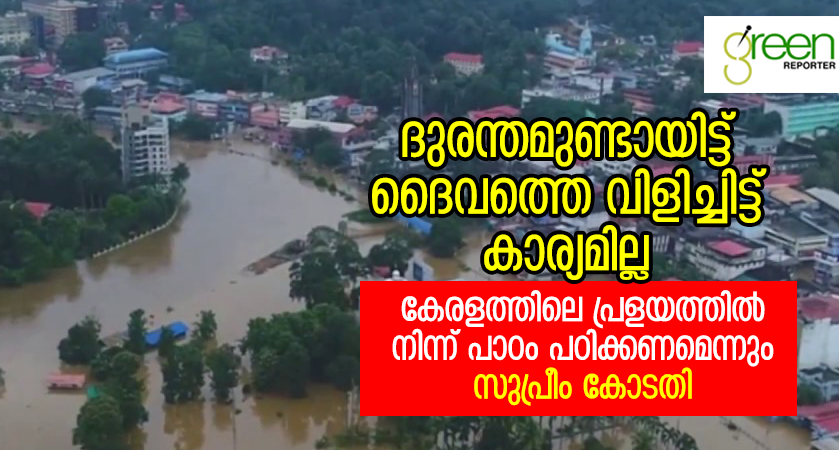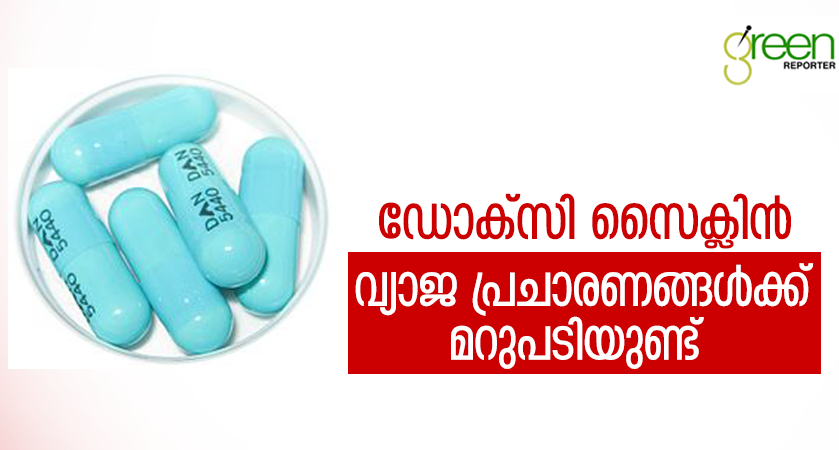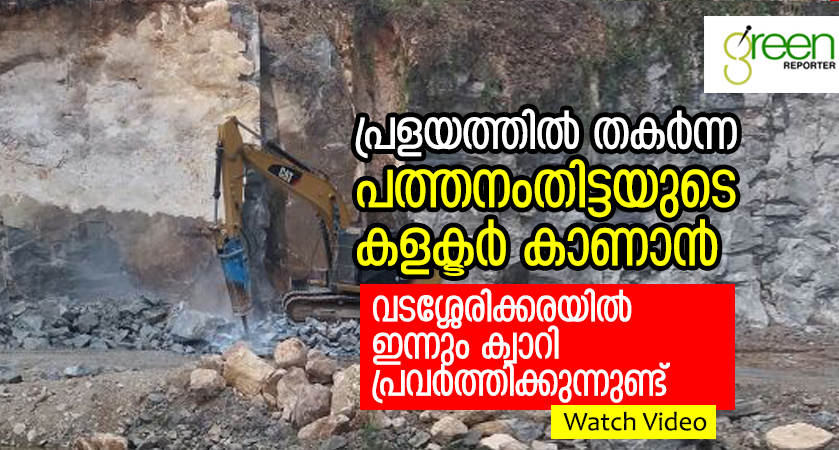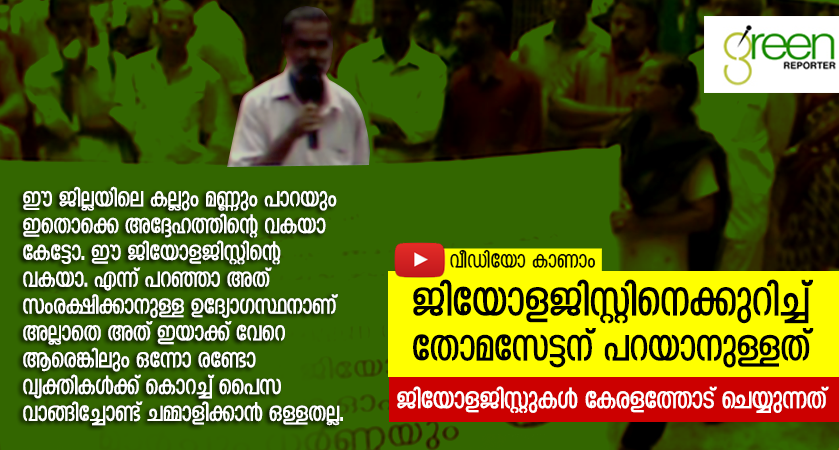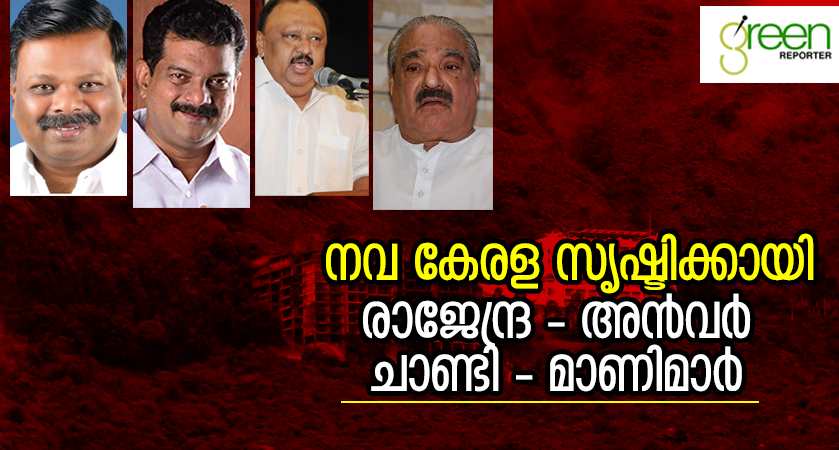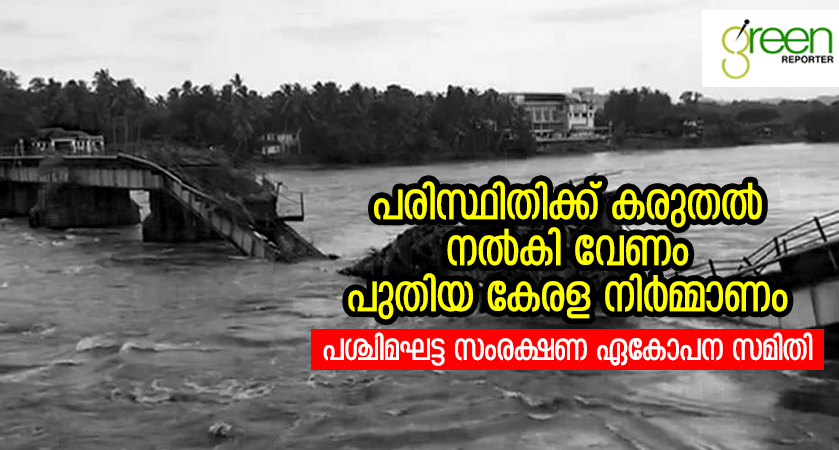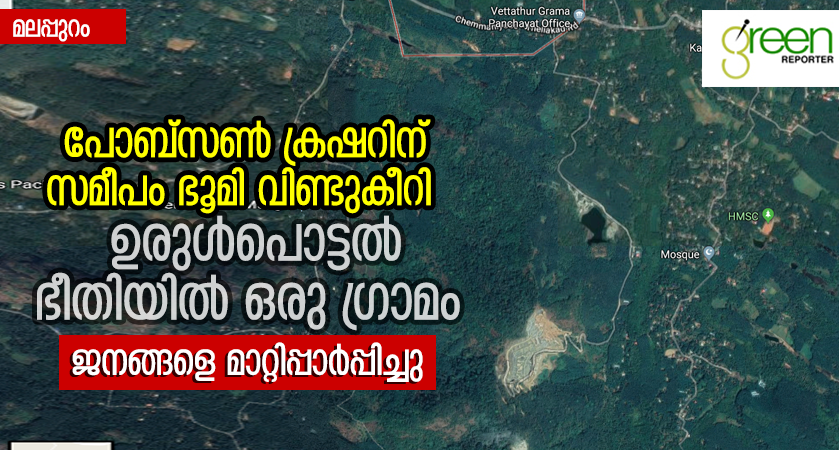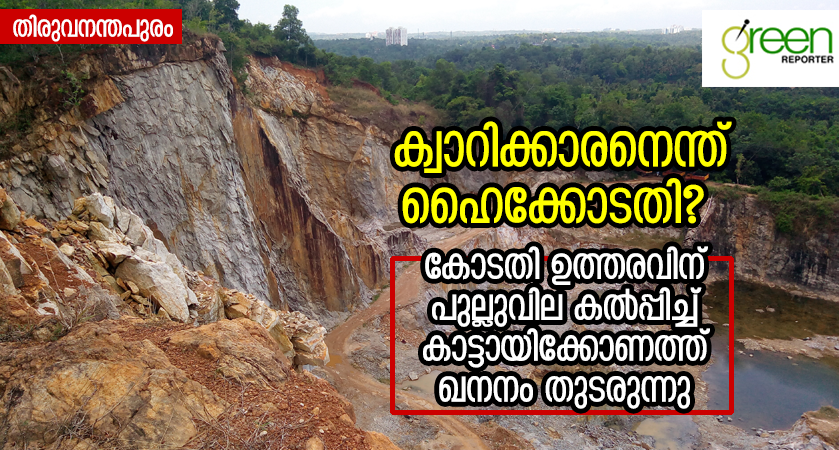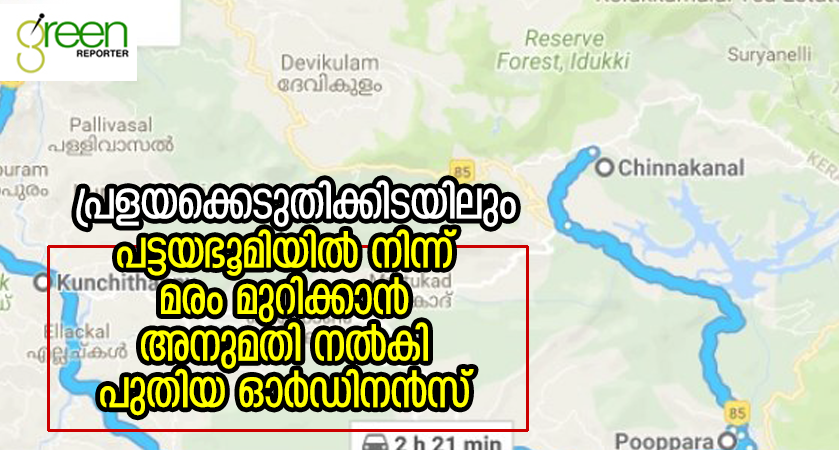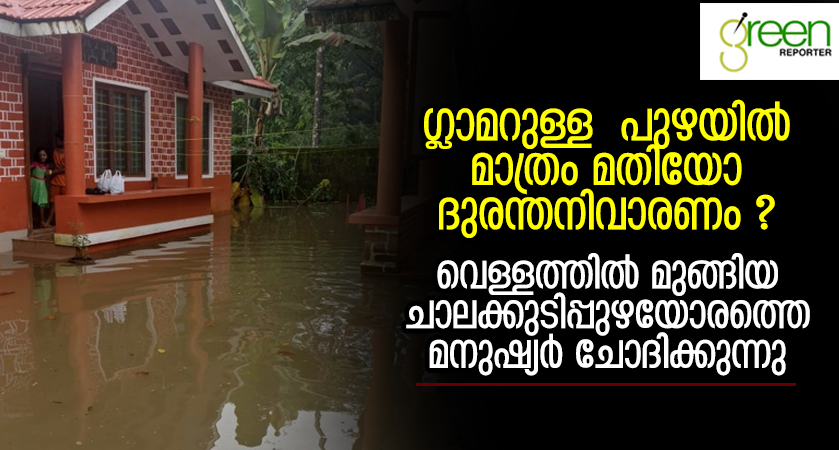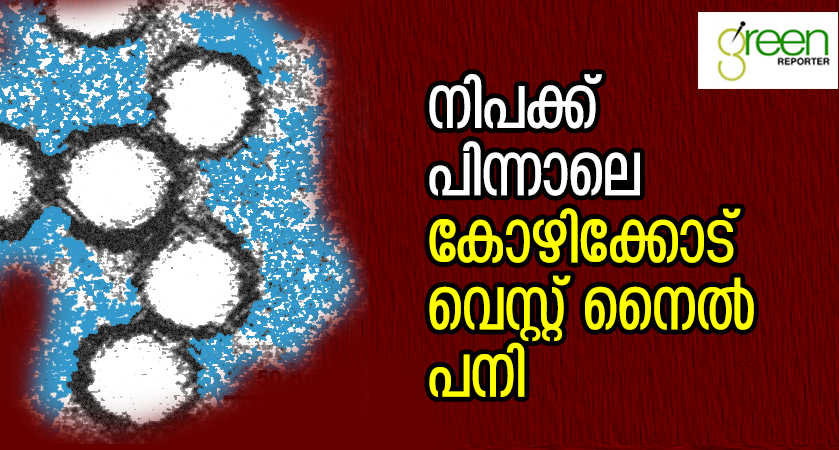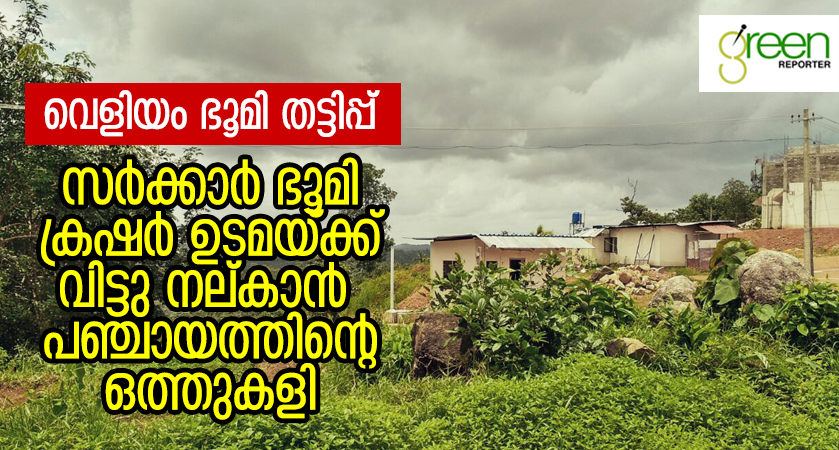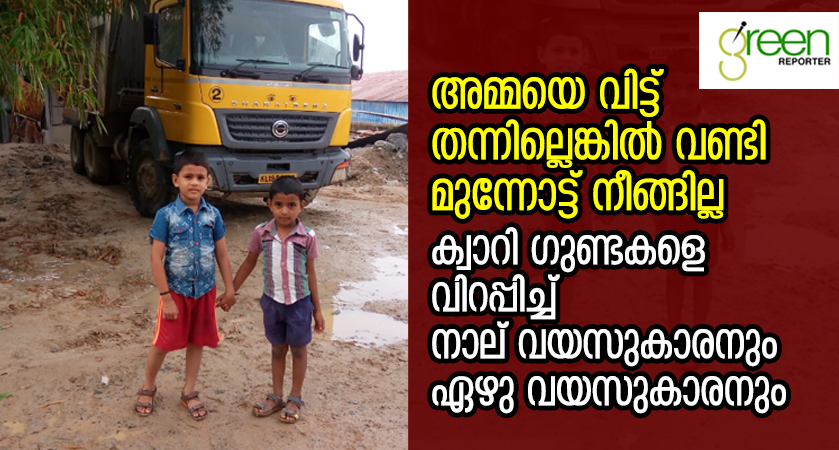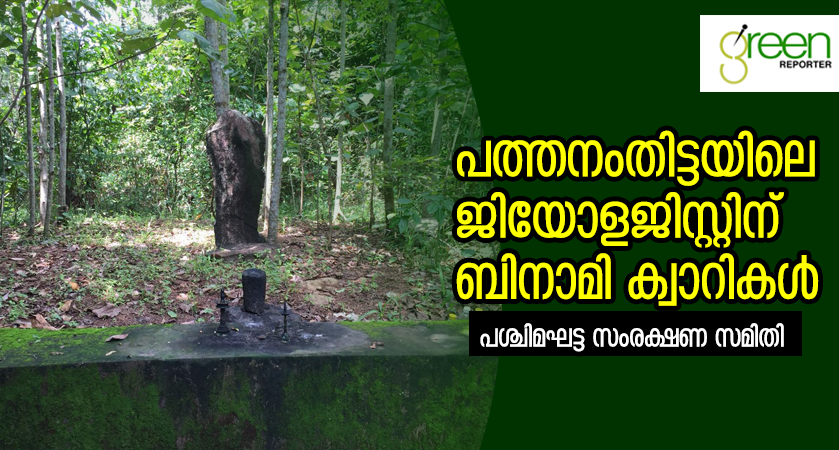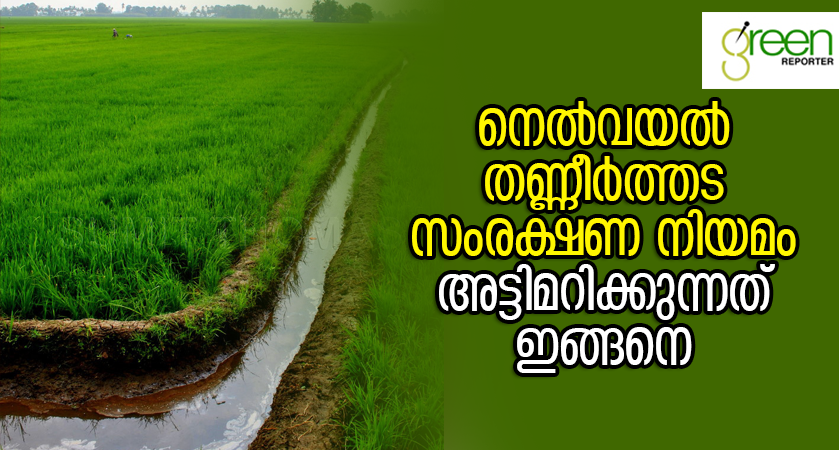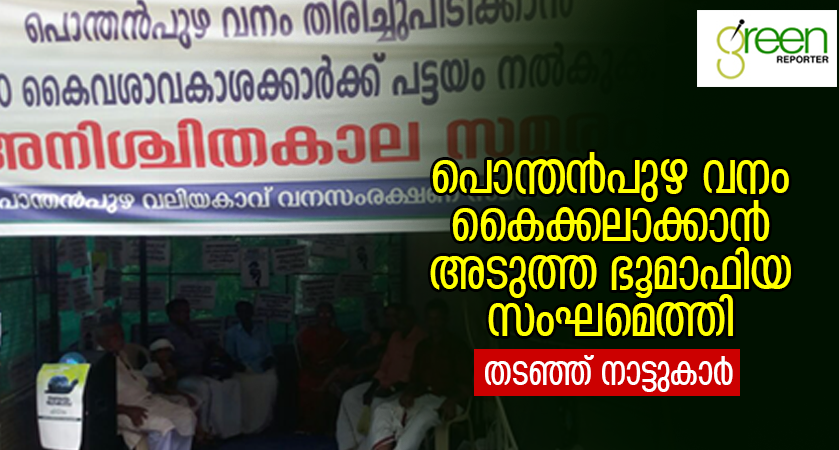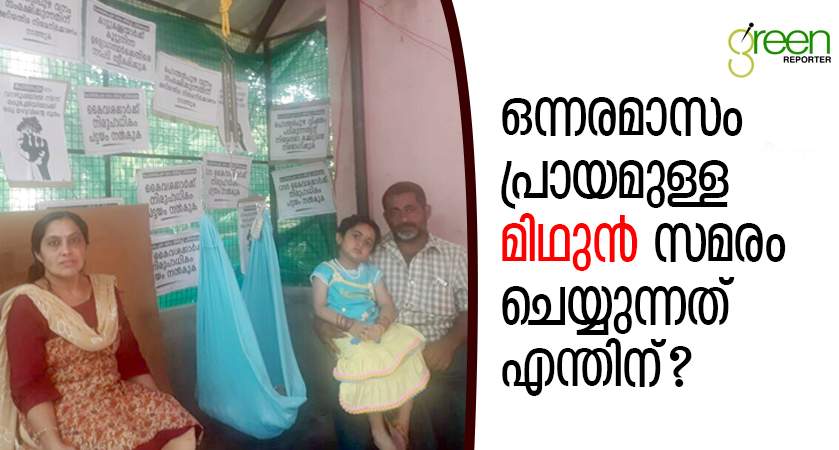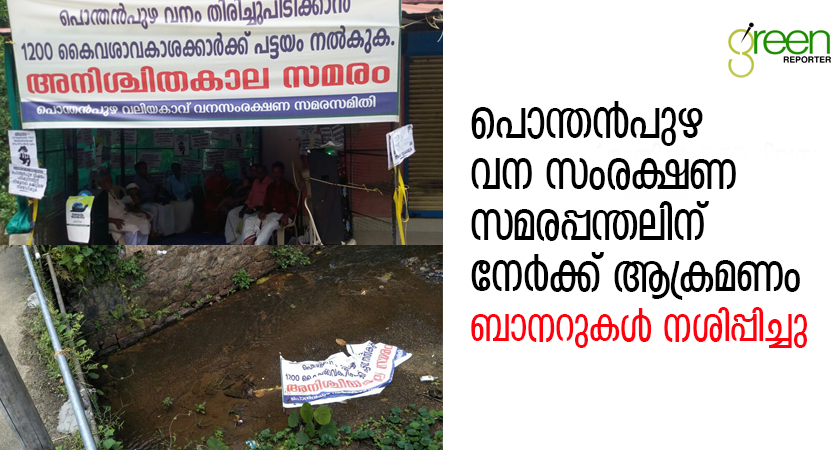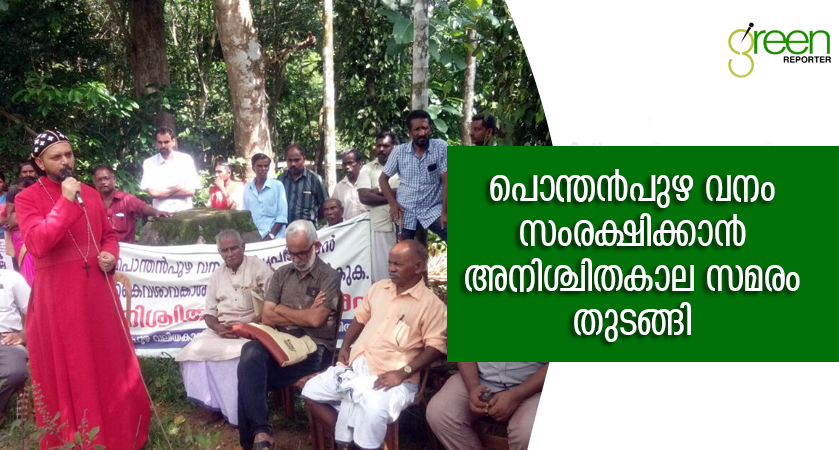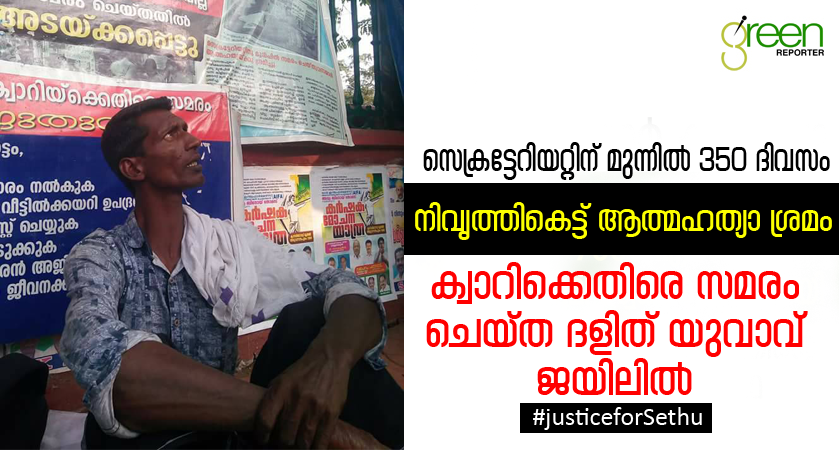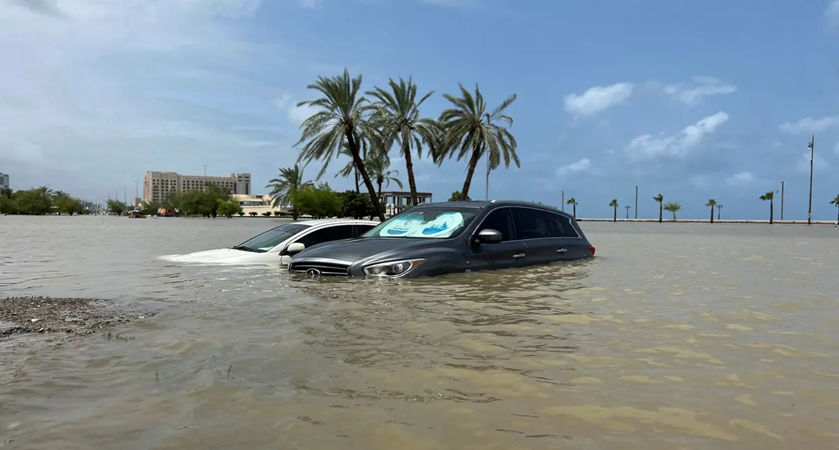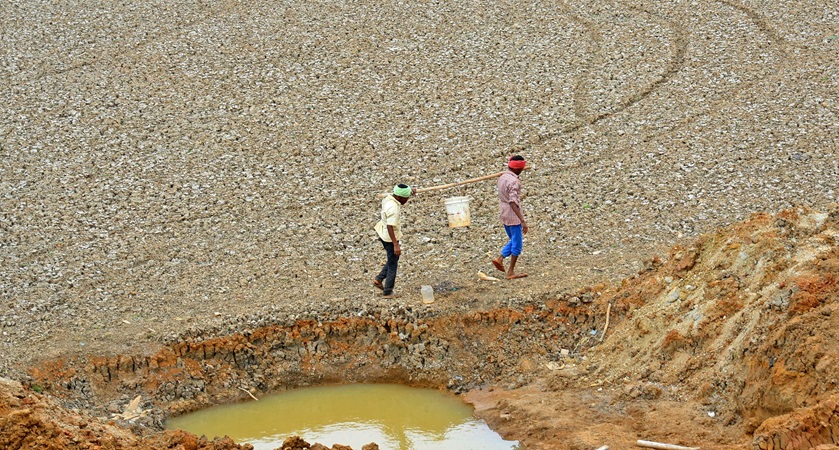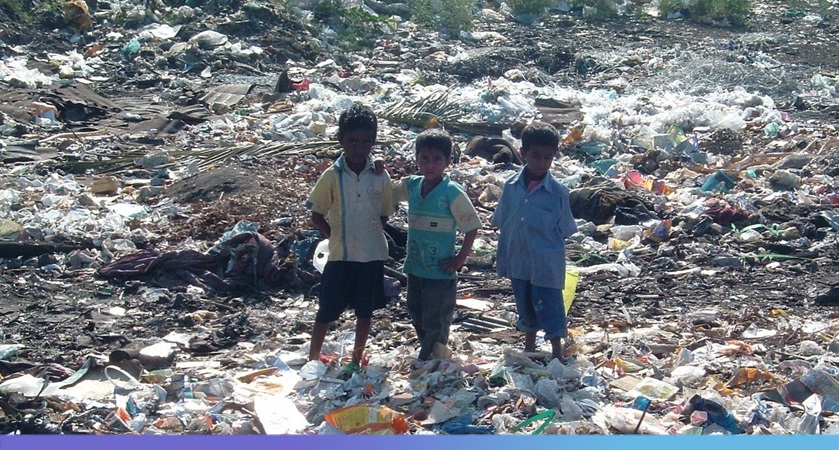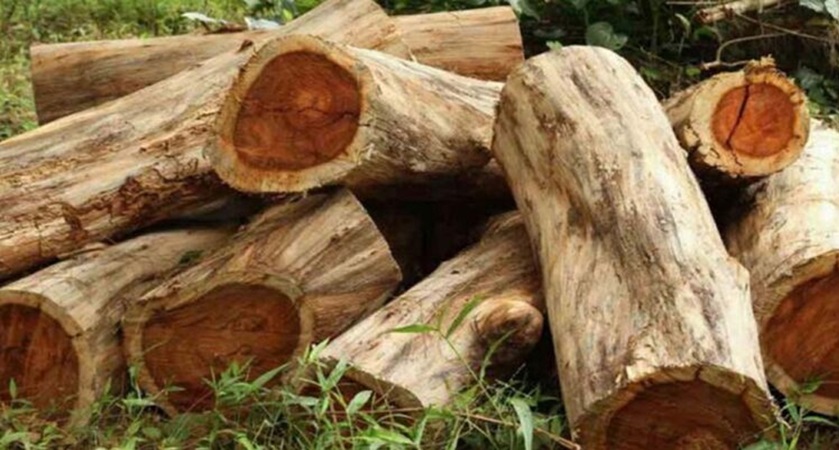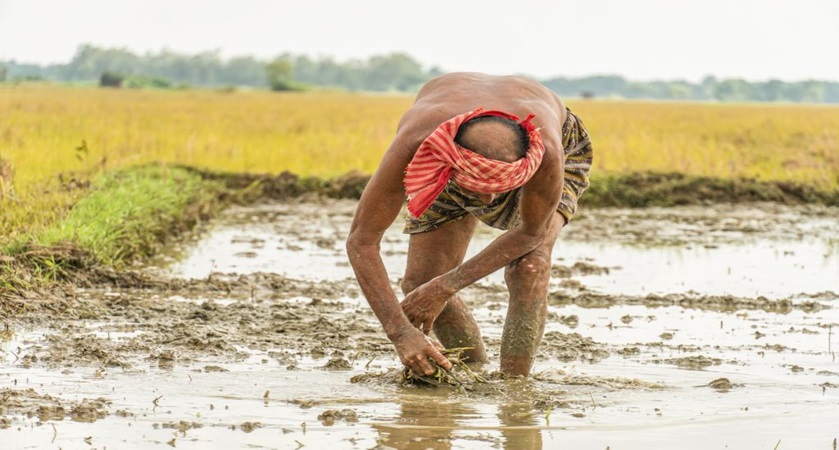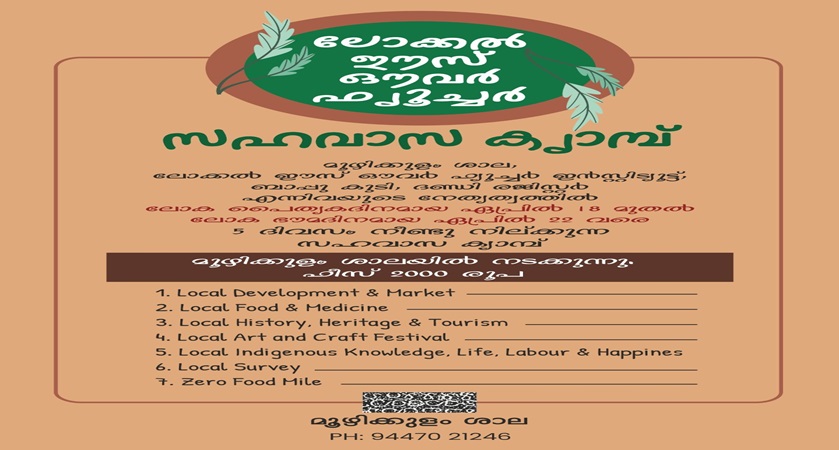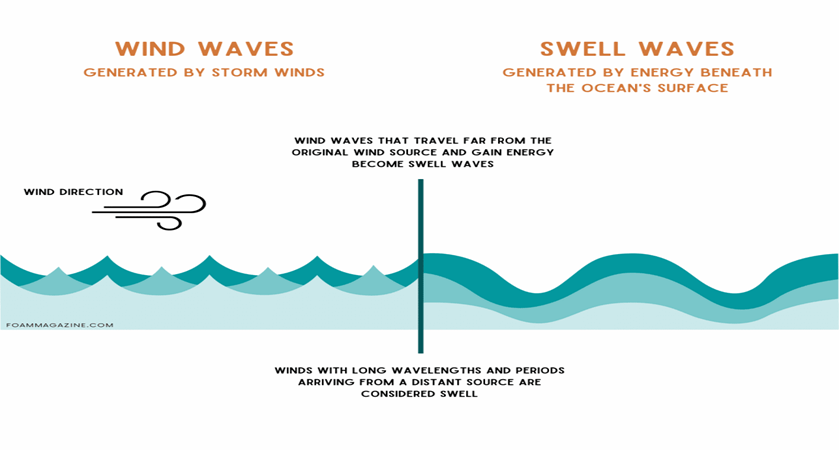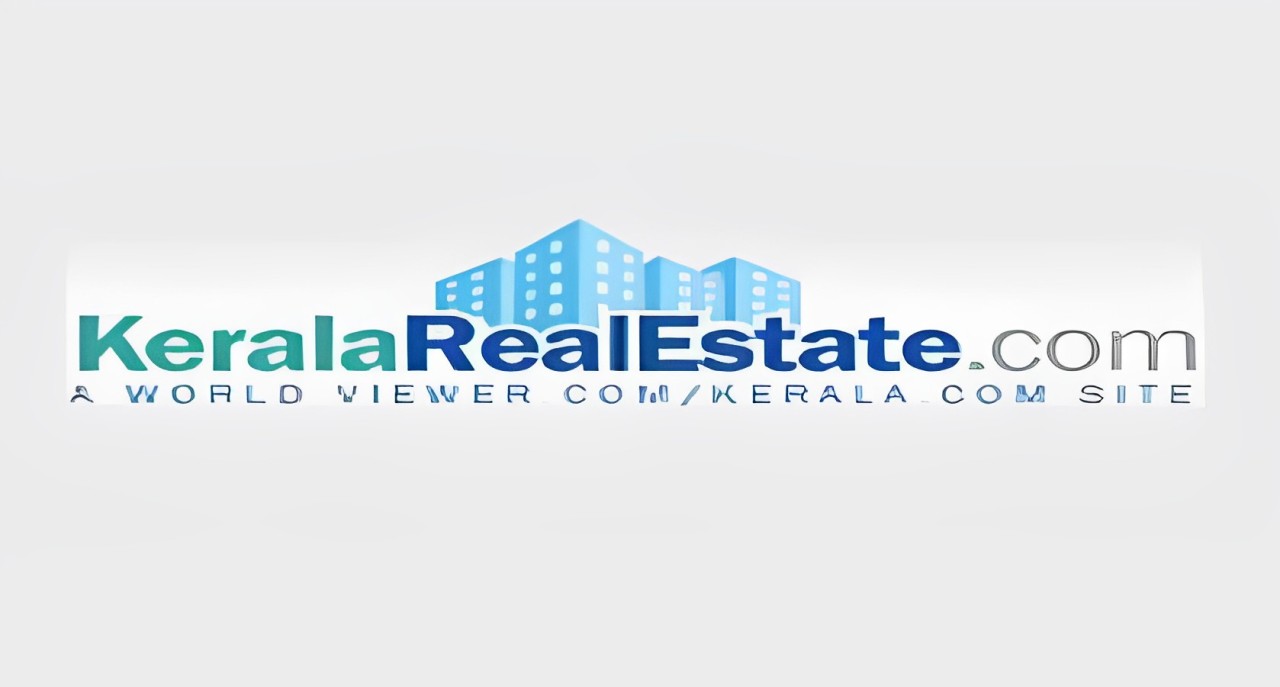How to build kerala after flood
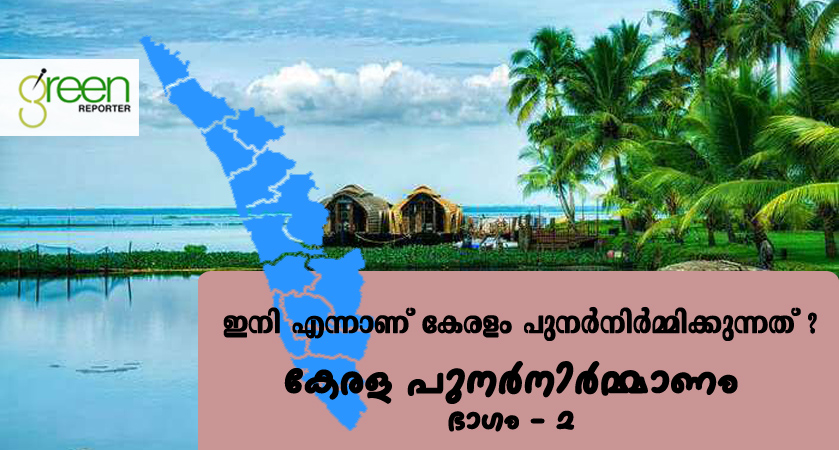
Part - 2
The GFRG/ Rapid wall construction saves construction materials considerably due to light weight in nature due to reduced dead loads.
Sl.No.
Particulars
Weight
Weight Reduction in %
1
Weight of 1m2 ordinary brick wall-9” with plaster ( App.)
400Kg
2
Weight of 1m2 GFRG wall panel ( App.)
40Kg
90%
3
Weight of 1m2 GFRG wall panel with infill concrete ( App.)
250Kg
37.5%
Physical and material properties
Rapidwall panel is world’s largest loadbearing lightweight panels. The panels are manufactured with size 12 m length, 3m height and 124 mm thickness. Each panel has 48 modular cavities of 230 mm x 94 mm x 3m dimension. The weight of one panel is 1440 kg or 40 kg/sqm. The density is 1.14g/cm3 , being only 10-12% of the weight of comparable concrete /brick masonry.
The physical and material properties of panels are as follows:
Sl.No
Particulars
Details
1
Weight
Light Weight -40kg/m2
2
Axial Load capacity
160KN/m; 16 t/m
3
Compressive Strength
73.5 Kg/cm2 ( increased to 2.5 times if infill wit concrete)
4
Unit Shear Strength
50.9KN/m ; 5.09t/m
5
Flexural Strength
21.25Kg/cm2
6
Tensile Strength
31.5KN/m
7
Ductility
4
8
Fire Resistance
4 Hr rating with standing 700-1000 degree Celsius
9
Thermal resistance
0.34 K/W
10
Water absorption
Less than 5%
11
Earthquake resistivity
Richter scale up to 8
Let us see the Comparison of use of materials with respect to their Built up area
Comparison of a building with 1500 ft2
Sl.No.
Materials
Conventional Building
GFRG/Rapid wall Building
Savings in %
1
Cement
650 Bags
320 Bags
51
2
Steel
2780 Kg
1800 Kg
35
3
Riversand/Msand
2944 ft3
706 ft3
76
4
Rock and aggregates
1852 ft3
1341 ft3
28
5
Water
2,00,000 lt
50,000 lt
75
6
Labour
1200 Man Days
389Days
68
7
Construction time
120 Days
21 Days
82
8
Total Weight of Super structure
490 tons
170 tons
65 ( Hence reduction in foundation size)
9
Built up Area
154.5m2
143m2
8
10
Construction Cost (App)
26,60,000 (1600/ft2)
19,25,000
(1250/ft2)
27 ( In case of mass construction 35-40)
11
Embodied Energy in KWh
82921
215400
61.5
12
Savings in Carbon Emission
24 ton (app. 80 kg/m2
panel)
If we build mass residential buildings with GFRG /Rapid wall panels or blocks, the savings in the construction could be 35-40% with respect to Conventional building Construction.
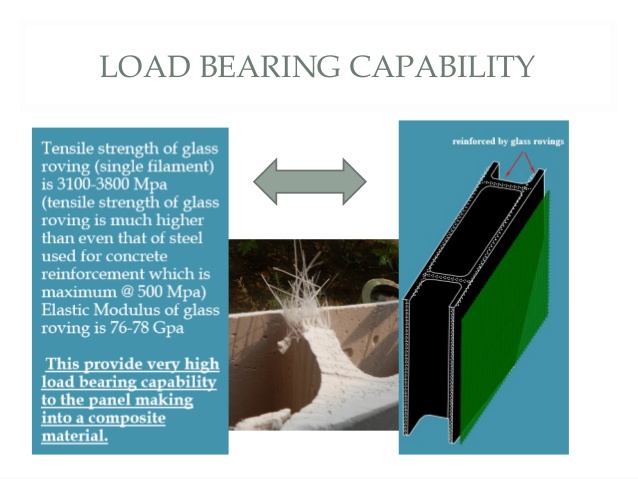
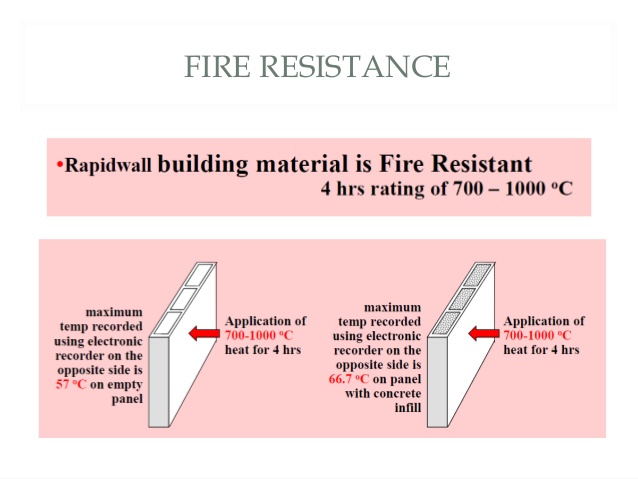
Following tests were conducted by IIT Chennai and found satisfactory to use in Construction purposes.
- Water absorption test
- Rainwater penetration test
- Compressive strength test
- Fire resistance test
- Durability test
- Corrosion test
- Impact test
- Nailing and pull out test
- Sound transmission test
- Elastic modulus test
Following are the possible applications for the panels
- Individual dwelling units/ houses, load bearing up t three floors
- Cluster houses with common walls
- Multi storied load bearing construction up to three floors
- Partition walls in framed multi-storeyed buildings in any height.
- Roof panels
- Permanent formwork for suspended slabs
- Boundary wall construction
Up to 500m2 of panels can be transported in one truck
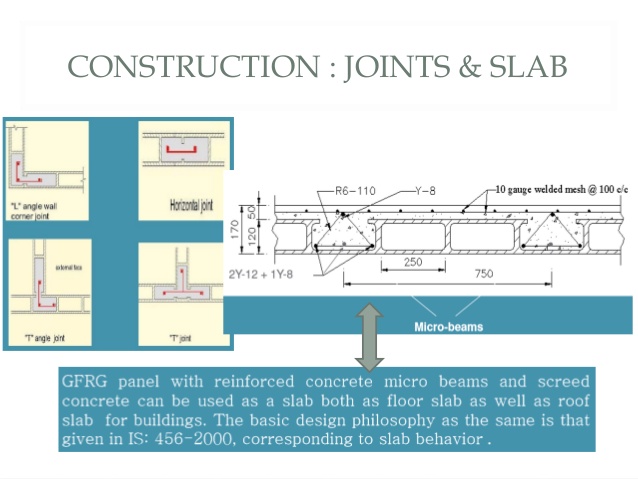
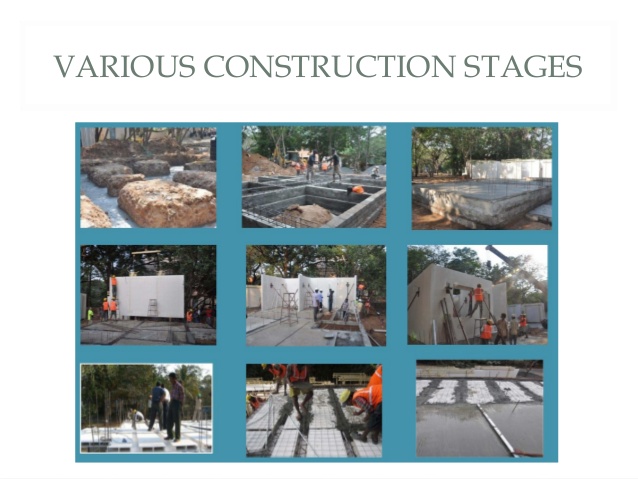
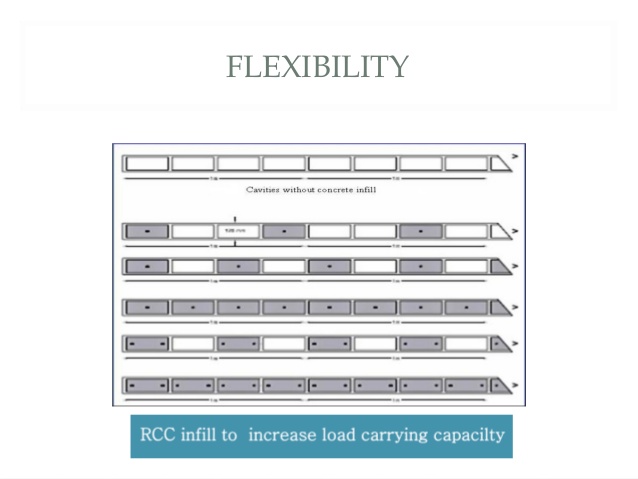
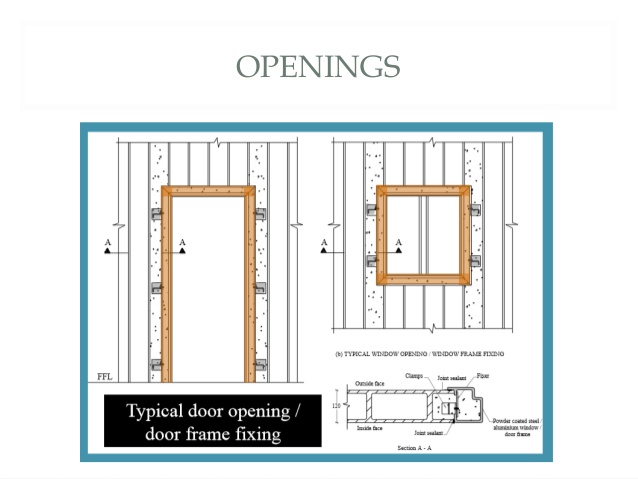
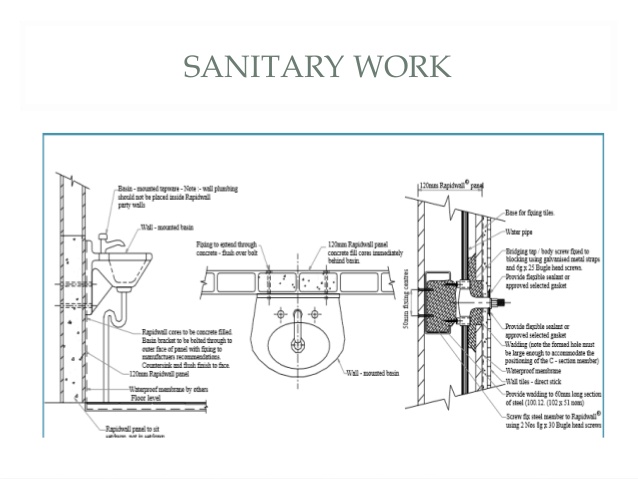
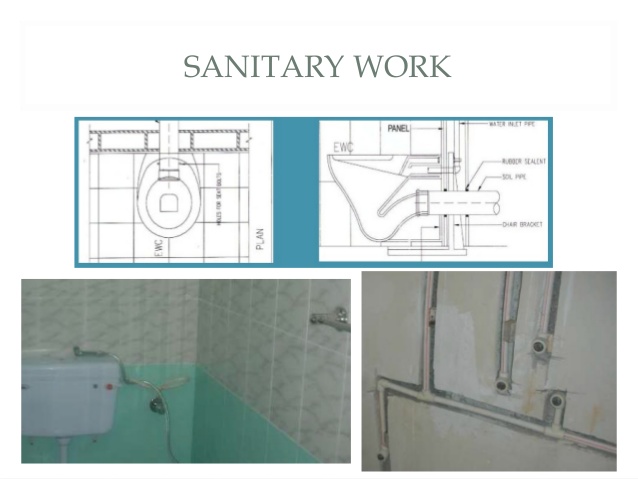

In a multi-storey building with framed structure, there are possibilities of using GFRG panels as infill panels, which is cost effective, eco friendly and reduce the destruction of the western ghat ( as the usage of coarse aggregate, M sand and cement are tremendously reduced by minimising the concrete blocks and plastering on walls.
Other Alternatives
We have several other alternative methods to build residential buildings, villas or multi-storeyed flats. Following are some of the alternative building materials, which are readily and locally available everywhere.
- Instead of demolishing, refurbishing existing buildings.
- Mud houses, using same place soil for wall and floor construction with the addition of bamboo
- Interlock brick construction, no plastering or paint is required
- Brick with fly ash materials
- Steel buildings
Self Sufficient Cluster Units
Each Cluster shall be provided with a group farming facility and small scale industrial units and commercial trading units for employment generation. No one in the cluster shall be unemployed irrespective of their physical condition or health conditions. Each and every one in the cluster shall be engaged in one way or other way for the development of the Cluster depends on their ability and availability. Each Cluster shall be self sufficient in essential commodities such as shelter, food, clothing, recreation, energy, water, waste treatment, employment etc. Each cluster shall have one community kitchen, so that the nutrition levels as well as the energy consumption and time of cooking in isolated families shall be limited. If a family opted for separate cooking shall be allowed. Each cluster individuals and their income shall be protected through group insurance against natural calamities or accidents.
Each Cluster shall be developed with self sufficient energy, water and waste management and shall be energised by using Solar Energy
Solar panels shall be installed for power generation. Wind mills are also possible in certain locations.

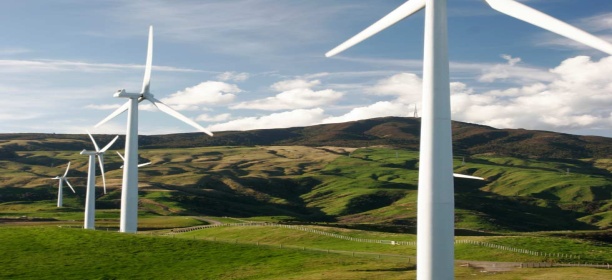
Biogas plant shall be built for organic waste and soil waste to generate gas for community kitchen use.

Biogas from properly functioning anaerobic digestion system is typically composed of:
- Methane (55-65%)
- Carbon dioxide (35-45%)
- H2S (100-10000 PPM)
- Water vapor (saturated at biogas temperature)
- Ammonia (traces)
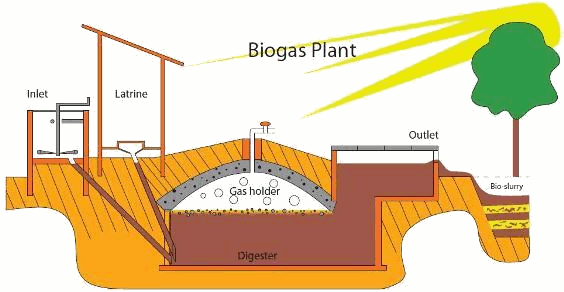
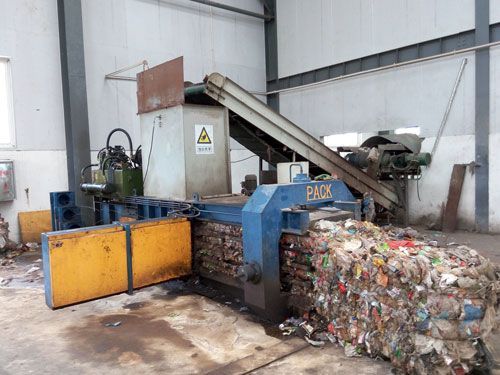
Non biodegradable waste shall be segregated and reused or recycled separately.
Self sufficient water source shall be identified with rain water recharge facility for each cluster.

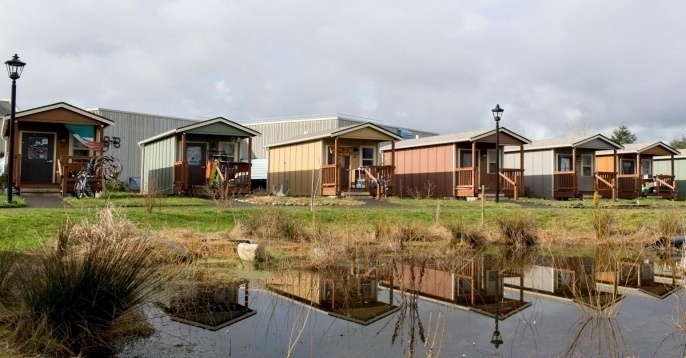
Agricultural land for group farming shall be arranged and demarcated and grouped separately.
Paddy fields
Organic vegitables lands
Fish farm
Dairy farm
Poultry farm
Polyhouse farming
All agricultural activities shall be re engineered with modern technologies minimizing the wastage of resources and at the same time utilizing their maximum potential with trading and marketing facilities.
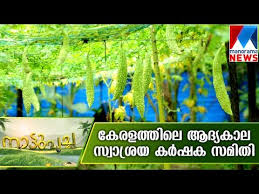
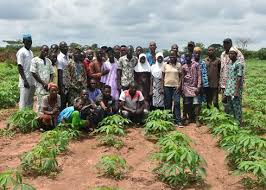


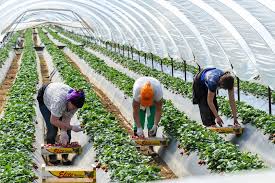
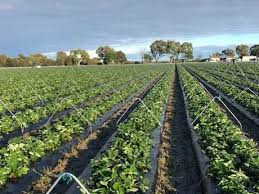
Group farming
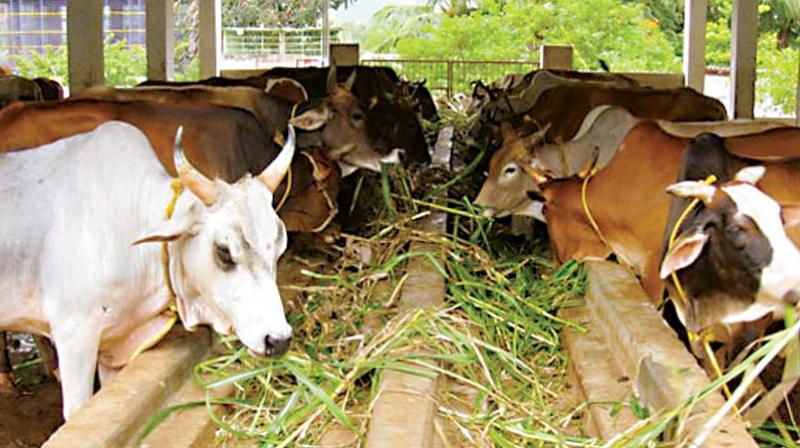
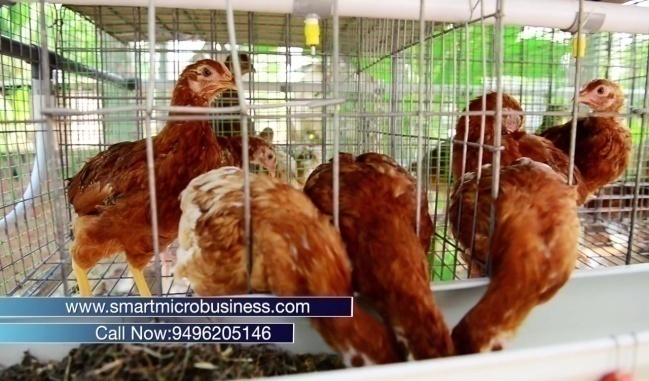
Diary Farm Poultry Farm

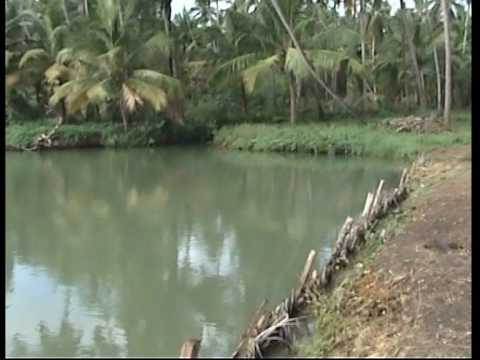
Fish ponds
Managment of Products
The products shall be marketed and make profit based on the managment principles as below
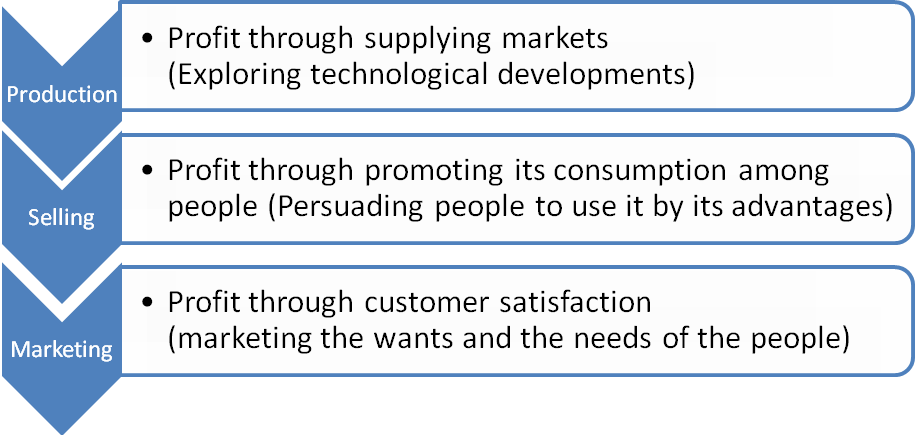
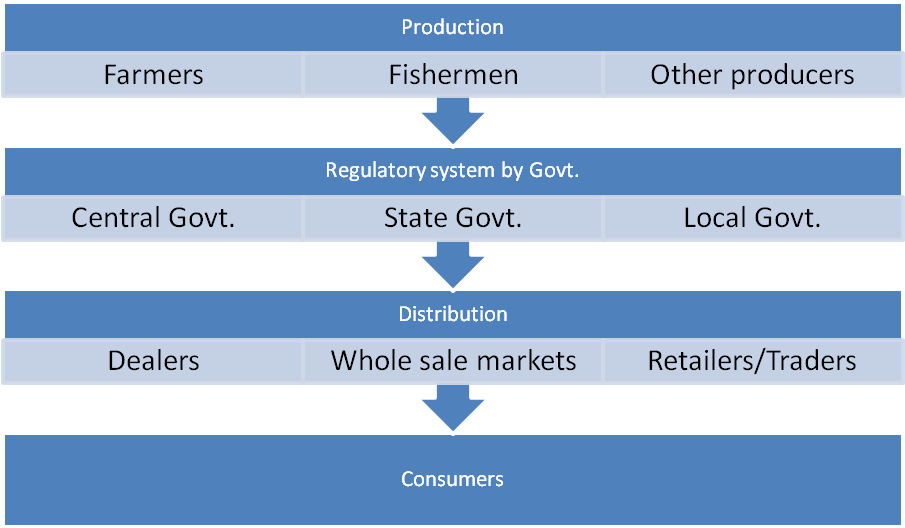
Business model

Philosophy of Group Farming
Key Players
Interests
Farmers
Maximum price, unlimited quantities
Manufacturers
Low purchase price, high quality
Traders and retailers
Low purchase price, high quality
Consumers
Low purchase price, high quality
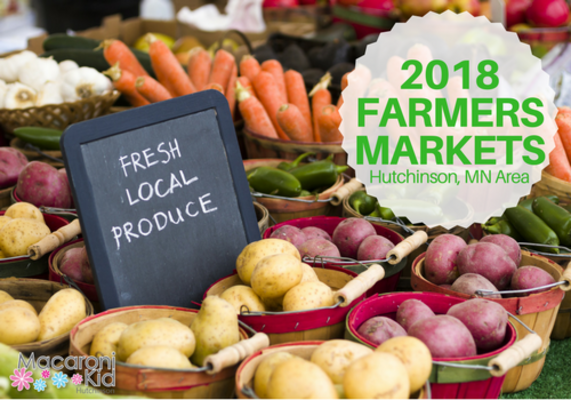
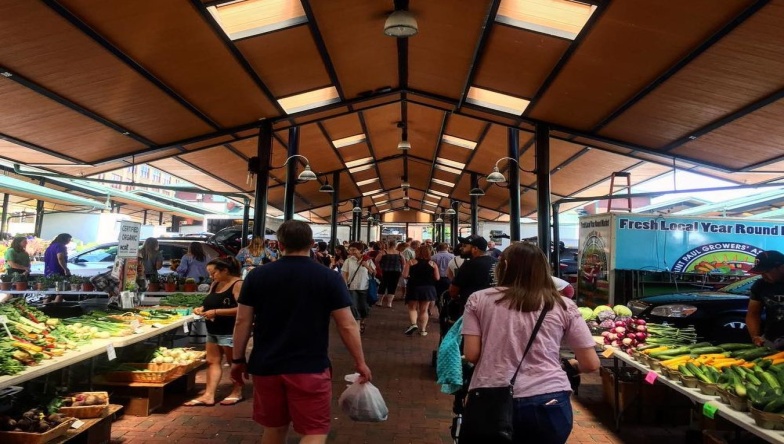
Farm product management and marketing places
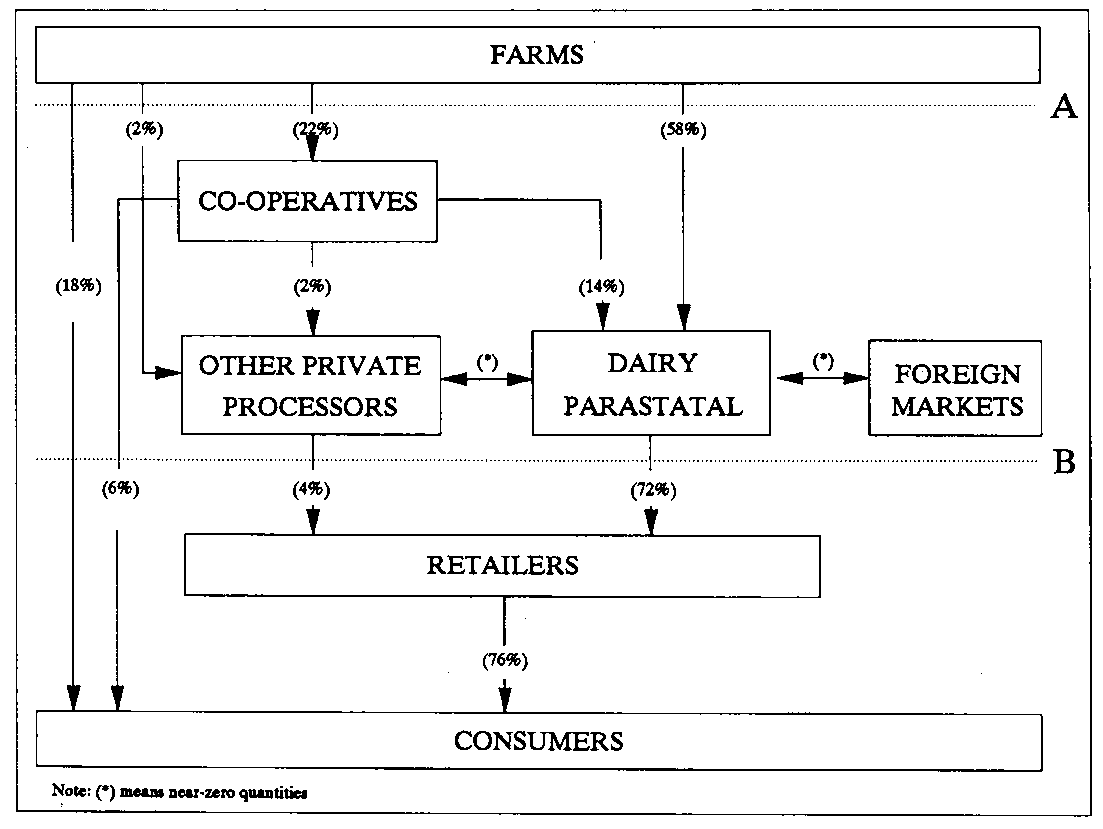
Common Amenities shall be provided in each Cluster
Common amenities such as
-
- Public Park, reading /recreational facilities shall be built with play areas for kids, old age people and adults.
- A green belt to be formed around each cluster with trees, shrubs or grass
- Walkways with earthen, grass or split stone as the case may be formed with the help of locally available materials.
- Public vehicle parking bays –far from the houses. Parking bays shall be made available separately away from the houses so that pollution and minimum walking ambiance shall be formed.
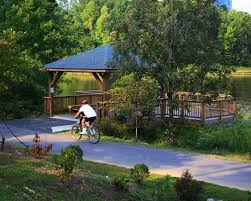

Parks with sitting areas and cycling paths
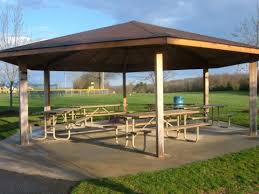
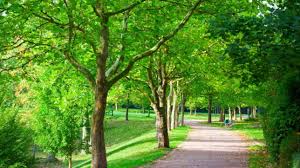
Place for tranquillity
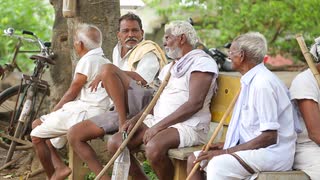
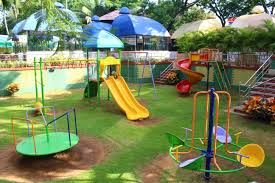
Place for socialising and playing

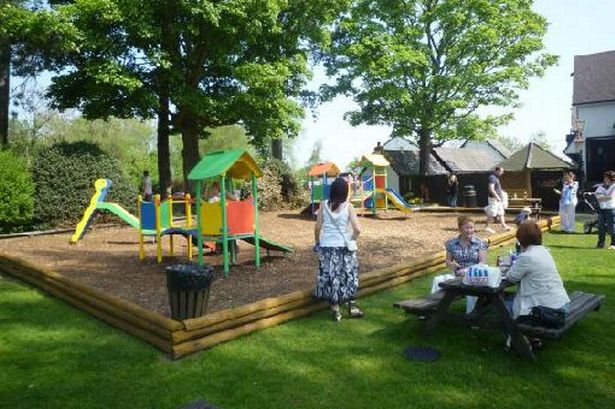
Play areas for all class of people
Employment shall be created for each and every inhabitant of the Cluster irrespective of their physical /health status, so that everyone will be employed according to their capacity.
Small scale industrial units shall be built for proper employment generation with commercial or trade facilities within each cluster.
Employment generation and Economic self reliance shall be the motto
-
- Commercial or Trading facilities
- Small scale industrial units which shall not pollute the environment shall be set up with collective marketing strategies as a cooperative society. The following units shall be easily developed
- Readymade garment tailoring units
- Farm products
- Food processing units such as chips, pickles, bakery items, fish, poultry products, meat products etc.
- Cotton fabric weaving or spinning units
- Waste management and recycling units

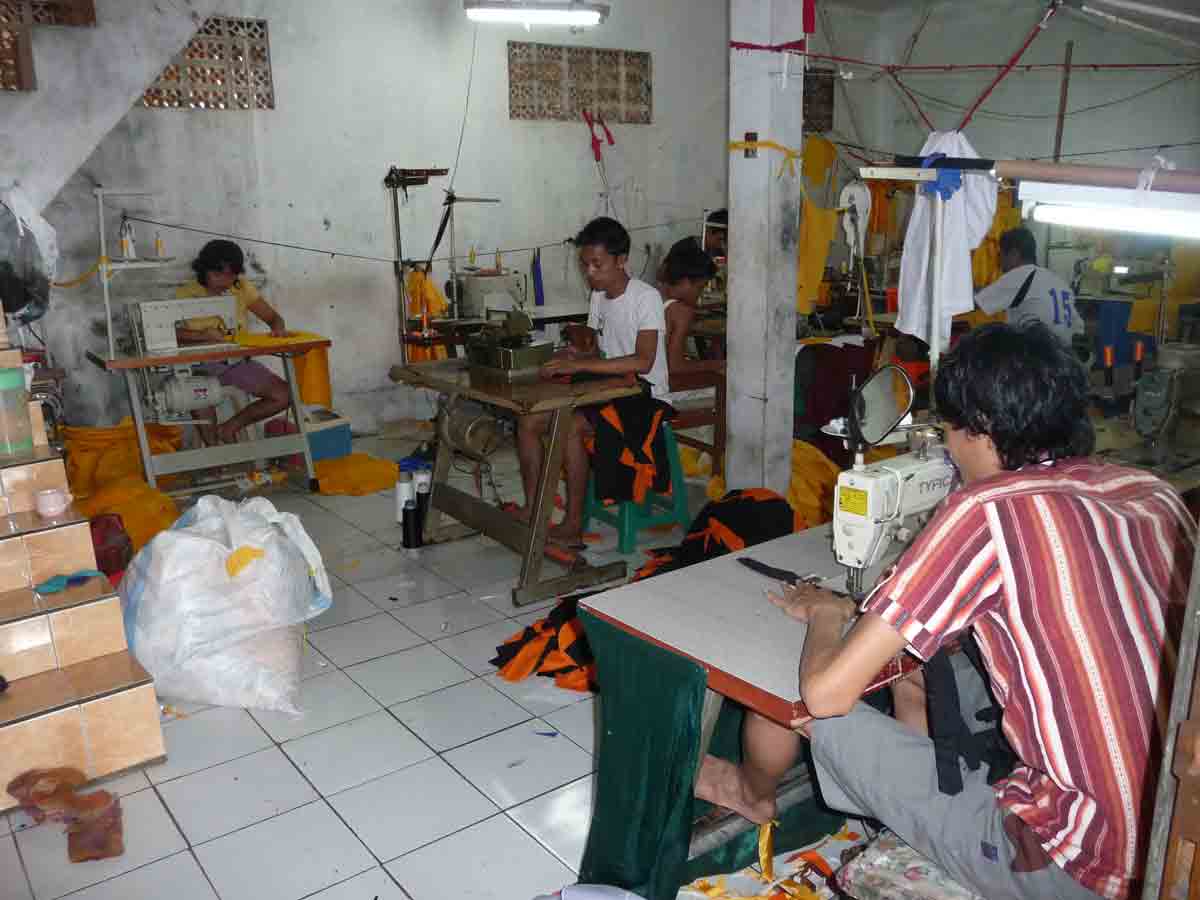

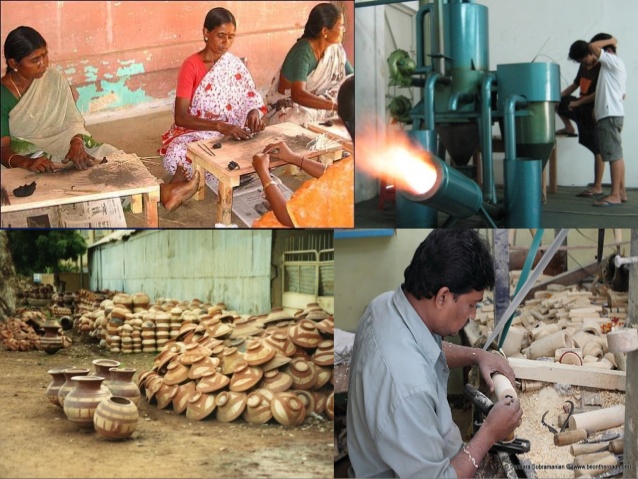
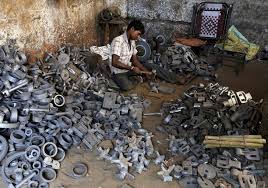

Green Reporter

Green Reporter Desk
Visit our Facebook page...
Responses
0 Comments
Leave your comment
Part - 2
The GFRG/ Rapid wall construction saves construction materials considerably due to light weight in nature due to reduced dead loads.
|
Sl.No. |
Particulars |
Weight |
Weight Reduction in % |
|
1 |
Weight of 1m2 ordinary brick wall-9” with plaster ( App.) |
400Kg |
|
|
2 |
Weight of 1m2 GFRG wall panel ( App.) |
40Kg |
90% |
|
3 |
Weight of 1m2 GFRG wall panel with infill concrete ( App.) |
250Kg |
37.5% |
Physical and material properties
Rapidwall panel is world’s largest loadbearing lightweight panels. The panels are manufactured with size 12 m length, 3m height and 124 mm thickness. Each panel has 48 modular cavities of 230 mm x 94 mm x 3m dimension. The weight of one panel is 1440 kg or 40 kg/sqm. The density is 1.14g/cm3 , being only 10-12% of the weight of comparable concrete /brick masonry.
The physical and material properties of panels are as follows:
|
Sl.No |
Particulars |
Details |
|
1 |
Weight |
Light Weight -40kg/m2 |
|
2 |
Axial Load capacity |
160KN/m; 16 t/m |
|
3 |
Compressive Strength |
73.5 Kg/cm2 ( increased to 2.5 times if infill wit concrete) |
|
4 |
Unit Shear Strength |
50.9KN/m ; 5.09t/m |
|
5 |
Flexural Strength |
21.25Kg/cm2 |
|
6 |
Tensile Strength |
31.5KN/m |
|
7 |
Ductility |
4 |
|
8 |
Fire Resistance |
4 Hr rating with standing 700-1000 degree Celsius |
|
9 |
Thermal resistance |
0.34 K/W |
|
10 |
Water absorption |
Less than 5% |
|
11 |
Earthquake resistivity |
Richter scale up to 8 |
|
|
|
|
Let us see the Comparison of use of materials with respect to their Built up area
|
Comparison of a building with 1500 ft2 |
||||
|
Sl.No. |
Materials |
Conventional Building |
GFRG/Rapid wall Building |
Savings in % |
|
1 |
Cement |
650 Bags |
320 Bags |
51 |
|
2 |
Steel |
2780 Kg |
1800 Kg |
35 |
|
3 |
Riversand/Msand |
2944 ft3 |
706 ft3 |
76 |
|
4 |
Rock and aggregates |
1852 ft3 |
1341 ft3 |
28 |
|
5 |
Water |
2,00,000 lt |
50,000 lt |
75 |
|
6 |
Labour |
1200 Man Days |
389Days |
68 |
|
7 |
Construction time |
120 Days |
21 Days |
82
|
|
8 |
Total Weight of Super structure |
490 tons |
170 tons |
65 ( Hence reduction in foundation size) |
|
9 |
Built up Area |
154.5m2 |
143m2 |
8 |
|
10 |
Construction Cost (App) |
26,60,000 (1600/ft2) |
19,25,000 (1250/ft2) |
27 ( In case of mass construction 35-40) |
|
11 |
Embodied Energy in KWh |
82921 |
215400 |
61.5 |
|
12 |
Savings in Carbon Emission |
|
24 ton (app. 80 kg/m2 panel) |
|
If we build mass residential buildings with GFRG /Rapid wall panels or blocks, the savings in the construction could be 35-40% with respect to Conventional building Construction.


Following tests were conducted by IIT Chennai and found satisfactory to use in Construction purposes.
- Water absorption test
- Rainwater penetration test
- Compressive strength test
- Fire resistance test
- Durability test
- Corrosion test
- Impact test
- Nailing and pull out test
- Sound transmission test
- Elastic modulus test
Following are the possible applications for the panels
- Individual dwelling units/ houses, load bearing up t three floors
- Cluster houses with common walls
- Multi storied load bearing construction up to three floors
- Partition walls in framed multi-storeyed buildings in any height.
- Roof panels
- Permanent formwork for suspended slabs
- Boundary wall construction
Up to 500m2 of panels can be transported in one truck





In a multi-storey building with framed structure, there are possibilities of using GFRG panels as infill panels, which is cost effective, eco friendly and reduce the destruction of the western ghat ( as the usage of coarse aggregate, M sand and cement are tremendously reduced by minimising the concrete blocks and plastering on walls.
Other Alternatives
We have several other alternative methods to build residential buildings, villas or multi-storeyed flats. Following are some of the alternative building materials, which are readily and locally available everywhere.
- Instead of demolishing, refurbishing existing buildings.
- Mud houses, using same place soil for wall and floor construction with the addition of bamboo
- Interlock brick construction, no plastering or paint is required
- Brick with fly ash materials
- Steel buildings
Self Sufficient Cluster Units
Each Cluster shall be provided with a group farming facility and small scale industrial units and commercial trading units for employment generation. No one in the cluster shall be unemployed irrespective of their physical condition or health conditions. Each and every one in the cluster shall be engaged in one way or other way for the development of the Cluster depends on their ability and availability. Each Cluster shall be self sufficient in essential commodities such as shelter, food, clothing, recreation, energy, water, waste treatment, employment etc. Each cluster shall have one community kitchen, so that the nutrition levels as well as the energy consumption and time of cooking in isolated families shall be limited. If a family opted for separate cooking shall be allowed. Each cluster individuals and their income shall be protected through group insurance against natural calamities or accidents.
Each Cluster shall be developed with self sufficient energy, water and waste management and shall be energised by using Solar Energy
Solar panels shall be installed for power generation. Wind mills are also possible in certain locations.


Biogas plant shall be built for organic waste and soil waste to generate gas for community kitchen use.

Biogas from properly functioning anaerobic digestion system is typically composed of:
- Methane (55-65%)
- Carbon dioxide (35-45%)
- H2S (100-10000 PPM)
- Water vapor (saturated at biogas temperature)
- Ammonia (traces)


Non biodegradable waste shall be segregated and reused or recycled separately.
Self sufficient water source shall be identified with rain water recharge facility for each cluster.


Agricultural land for group farming shall be arranged and demarcated and grouped separately.
Paddy fields
Organic vegitables lands
Fish farm
Dairy farm
Poultry farm
Polyhouse farming
All agricultural activities shall be re engineered with modern technologies minimizing the wastage of resources and at the same time utilizing their maximum potential with trading and marketing facilities.






Group farming


Diary Farm Poultry Farm


Fish ponds
Managment of Products
The products shall be marketed and make profit based on the managment principles as below


Business model

Philosophy of Group Farming
|
Key Players |
Interests |
|
Farmers |
Maximum price, unlimited quantities |
|
Manufacturers |
Low purchase price, high quality |
|
Traders and retailers |
Low purchase price, high quality |
|
Consumers |
Low purchase price, high quality |


Farm product management and marketing places

Common Amenities shall be provided in each Cluster
Common amenities such as
-
- Public Park, reading /recreational facilities shall be built with play areas for kids, old age people and adults.
- A green belt to be formed around each cluster with trees, shrubs or grass
- Walkways with earthen, grass or split stone as the case may be formed with the help of locally available materials.
- Public vehicle parking bays –far from the houses. Parking bays shall be made available separately away from the houses so that pollution and minimum walking ambiance shall be formed.
Parks with sitting areas and cycling paths
Place for tranquillity
Place for socialising and playing
Play areas for all class of people
Employment shall be created for each and every inhabitant of the Cluster irrespective of their physical /health status, so that everyone will be employed according to their capacity.
Small scale industrial units shall be built for proper employment generation with commercial or trade facilities within each cluster.
Employment generation and Economic self reliance shall be the motto
-
- Commercial or Trading facilities
- Small scale industrial units which shall not pollute the environment shall be set up with collective marketing strategies as a cooperative society. The following units shall be easily developed
- Readymade garment tailoring units
- Farm products
- Food processing units such as chips, pickles, bakery items, fish, poultry products, meat products etc.
- Cotton fabric weaving or spinning units
- Waste management and recycling units







Green Reporter Desk





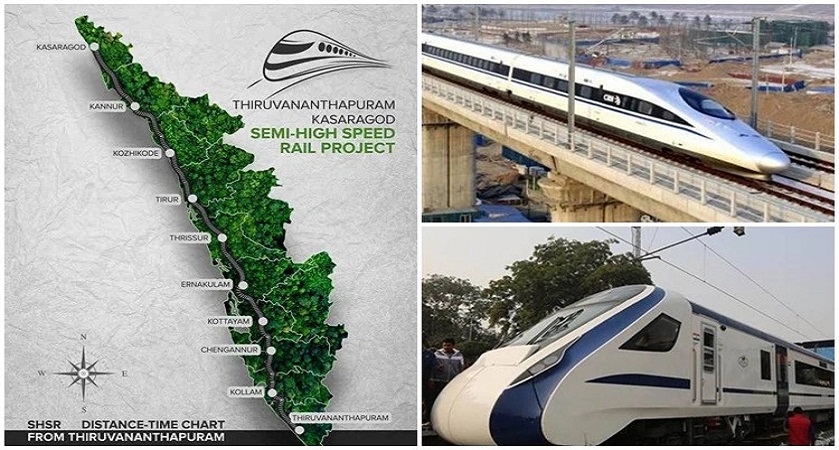
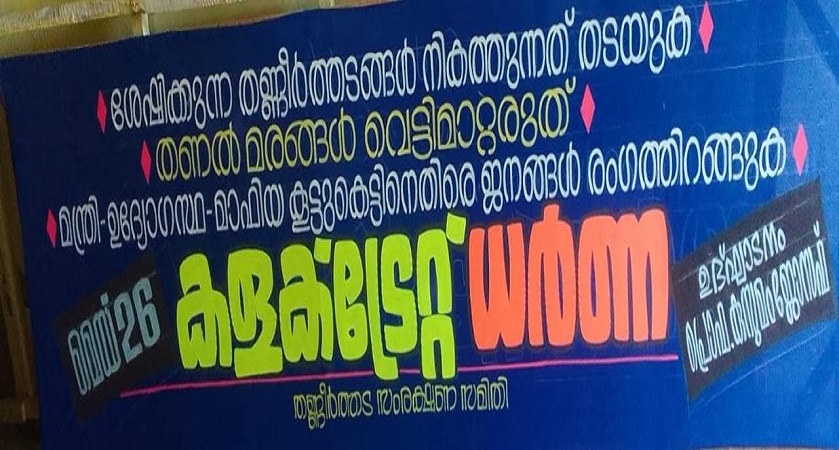

.jpeg)
